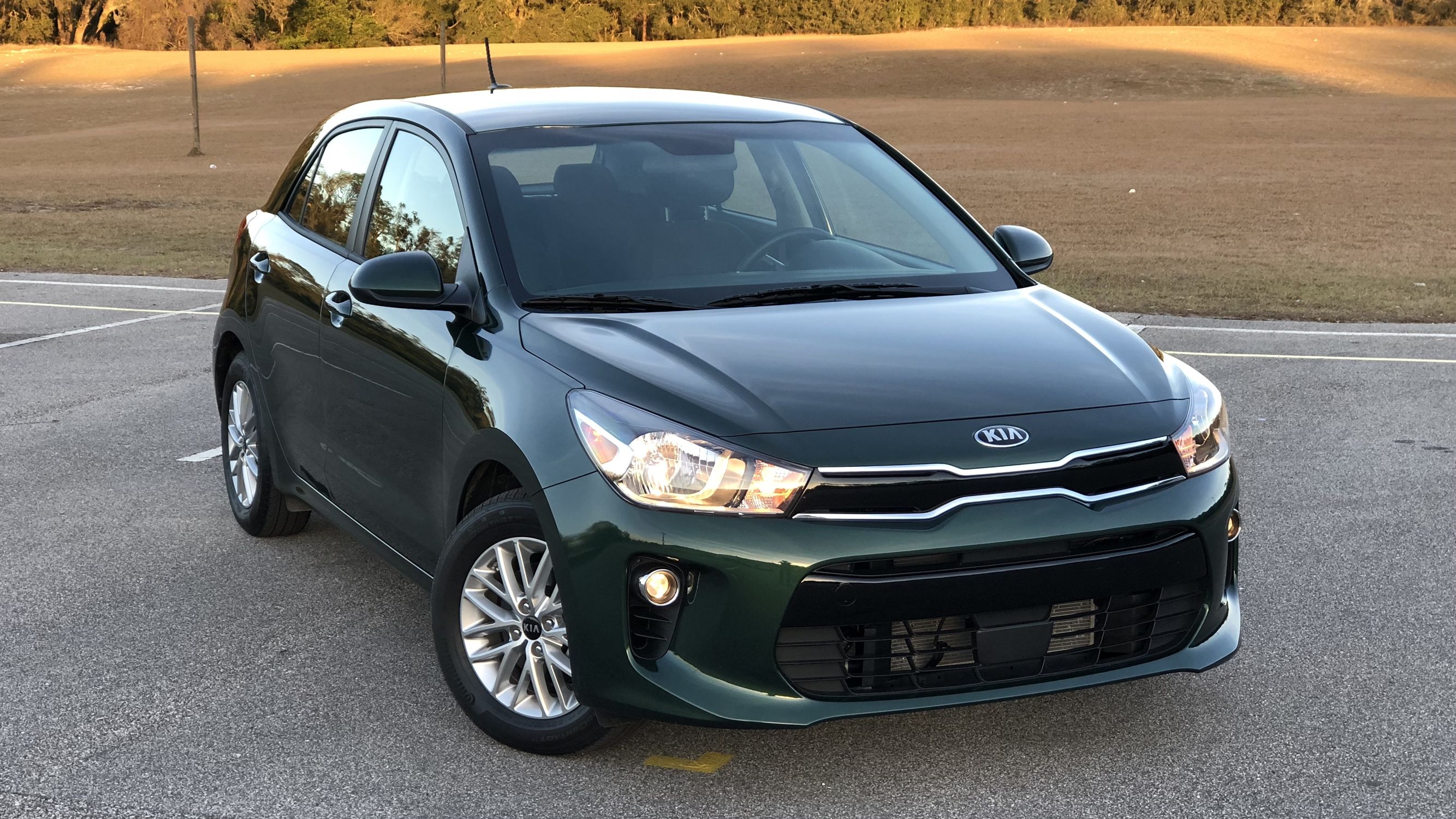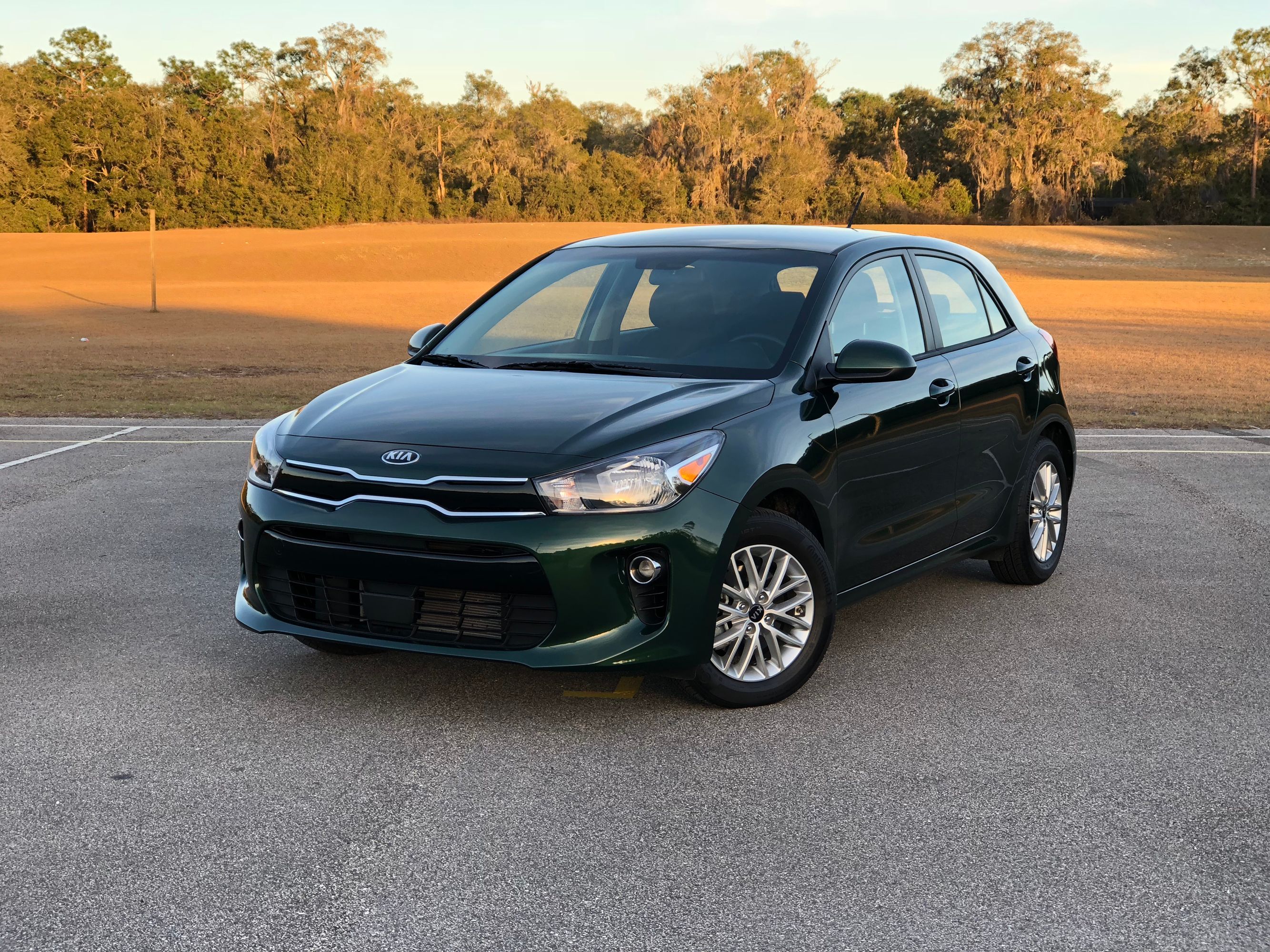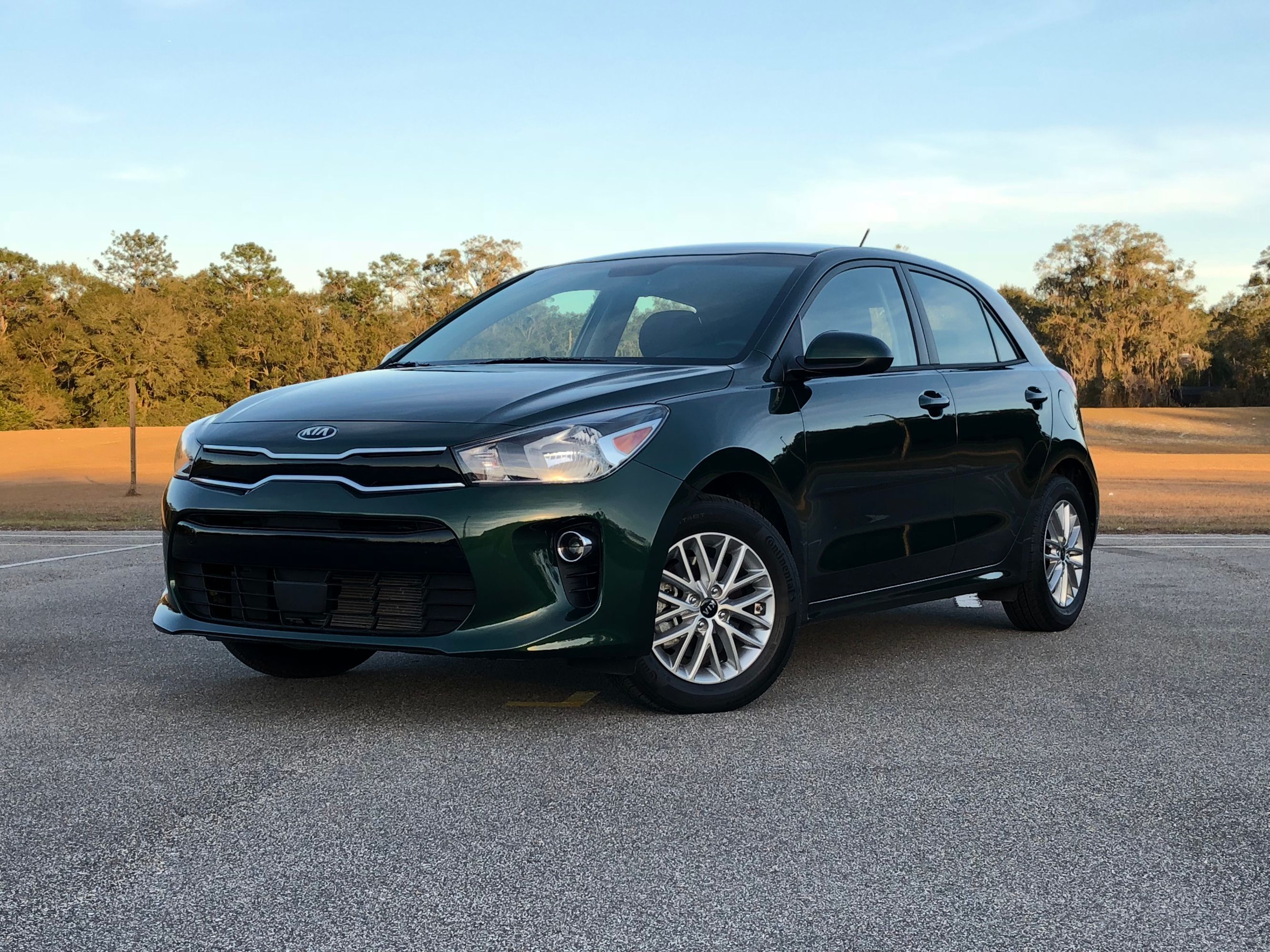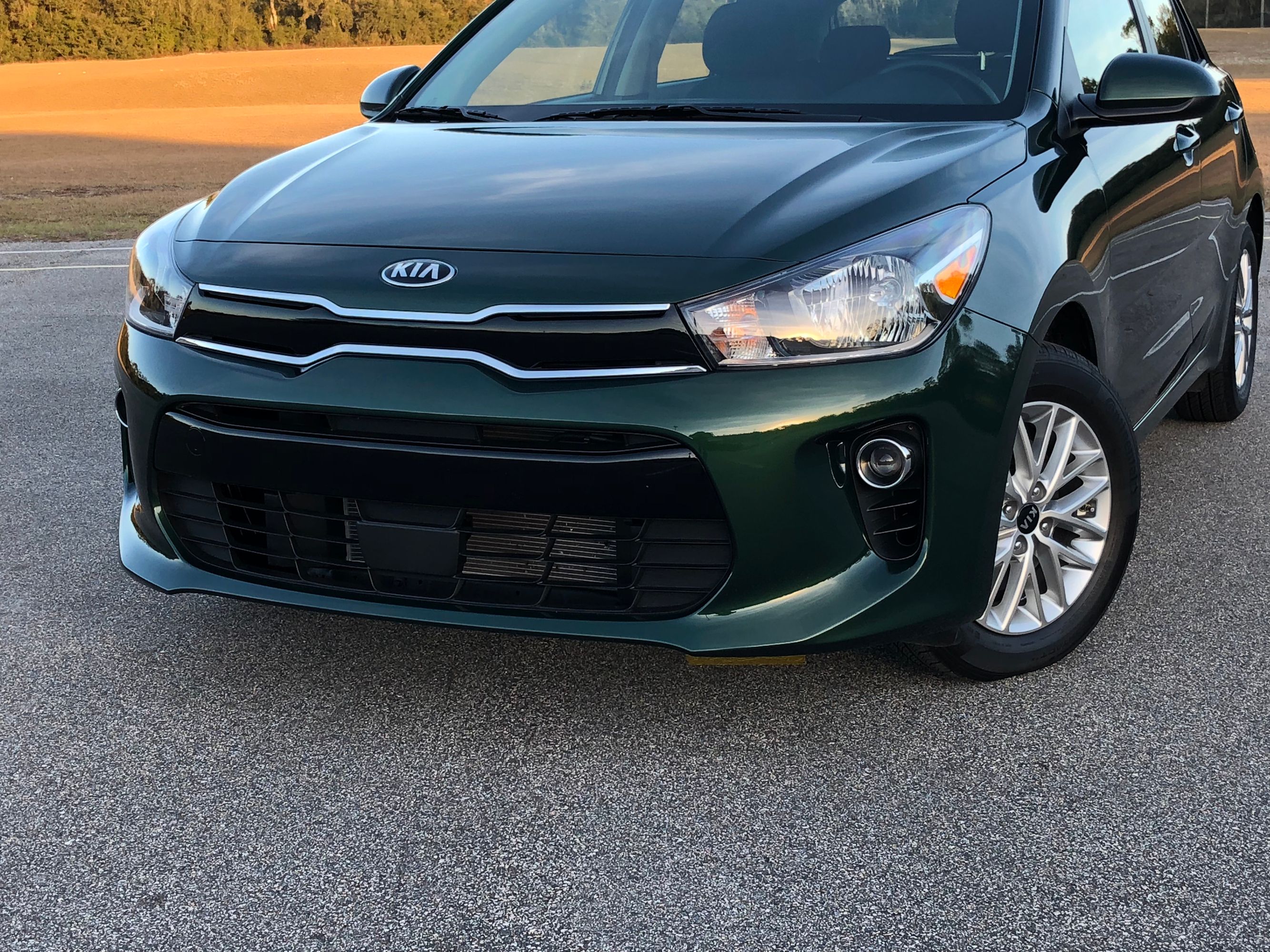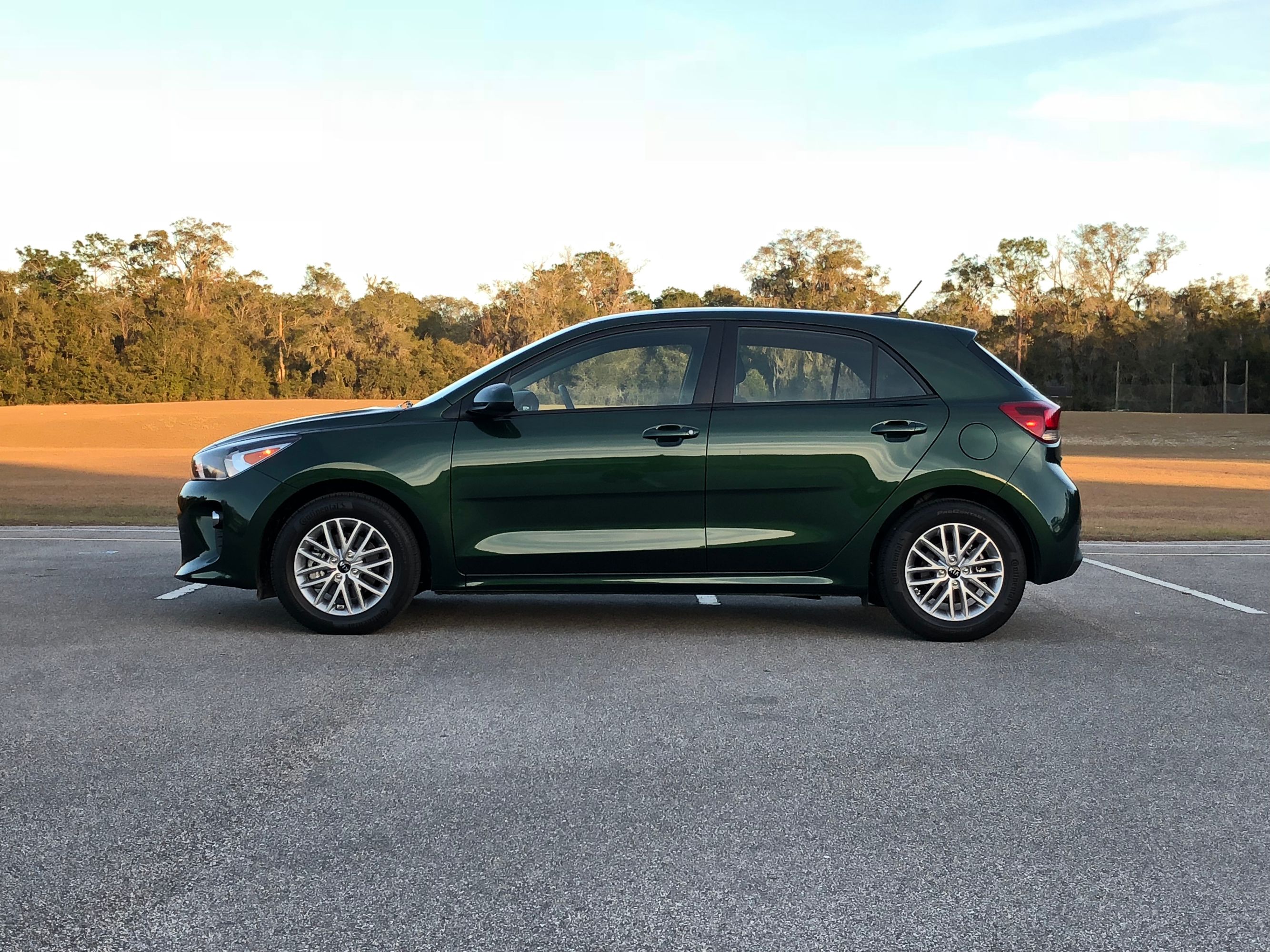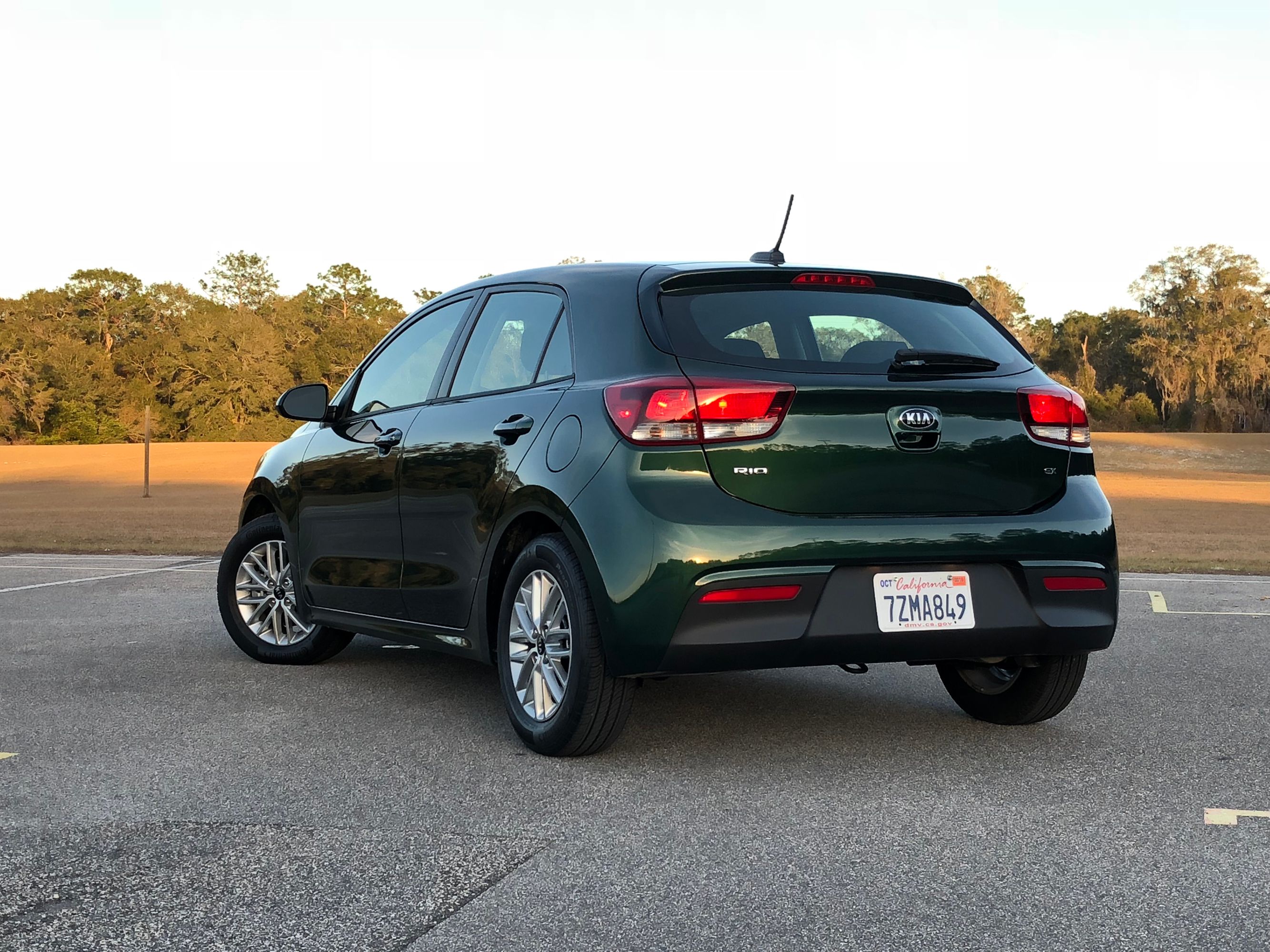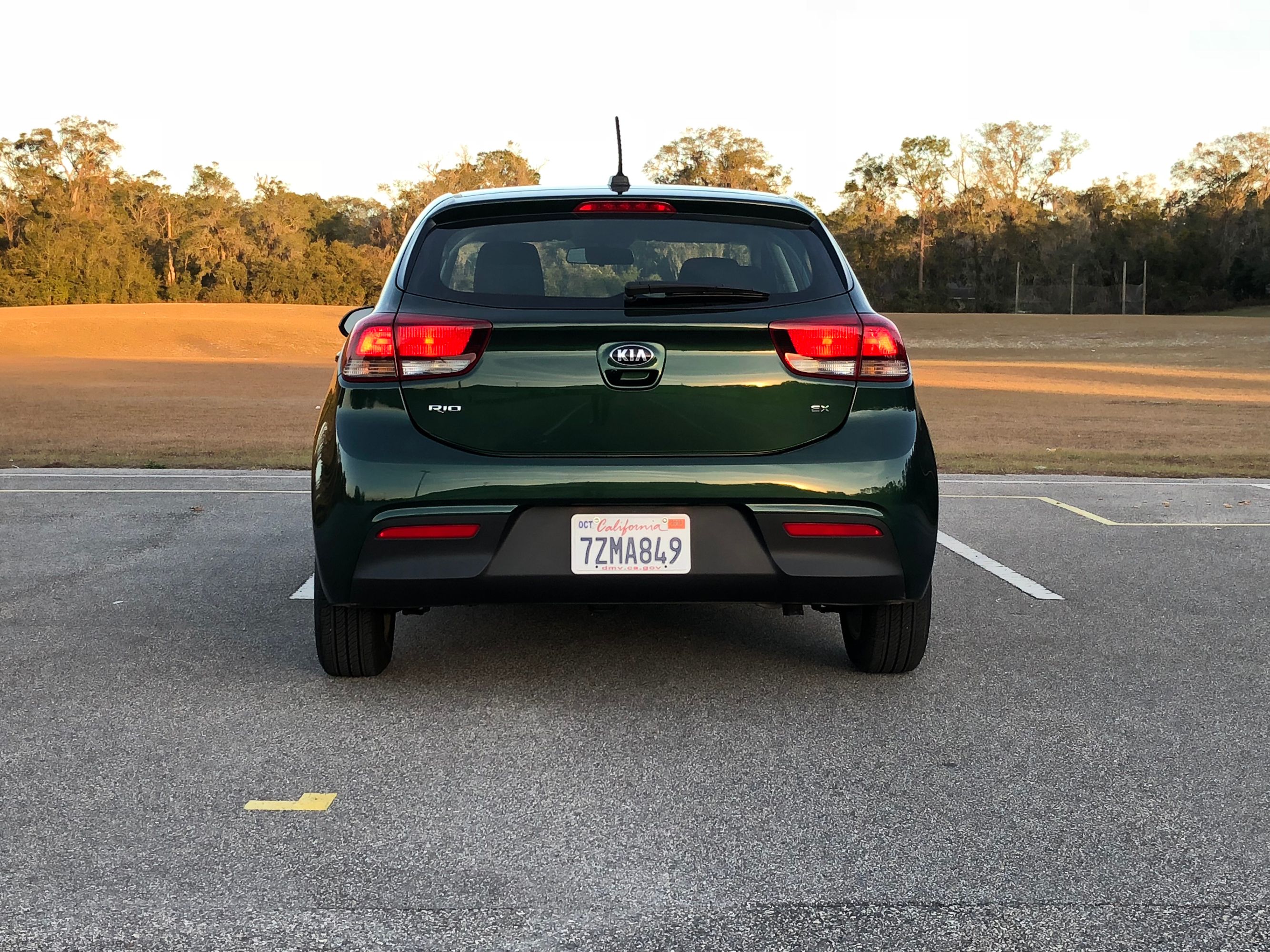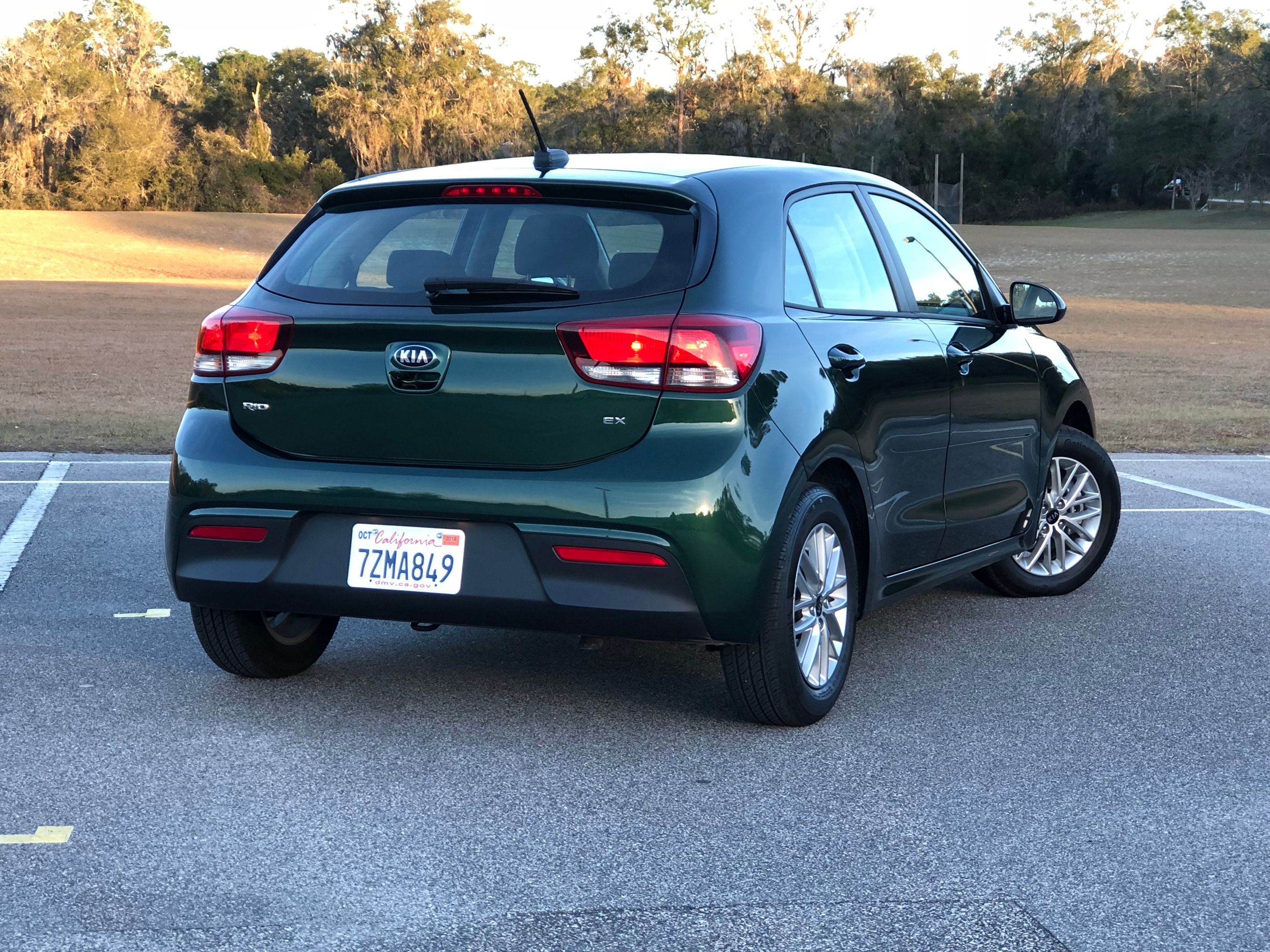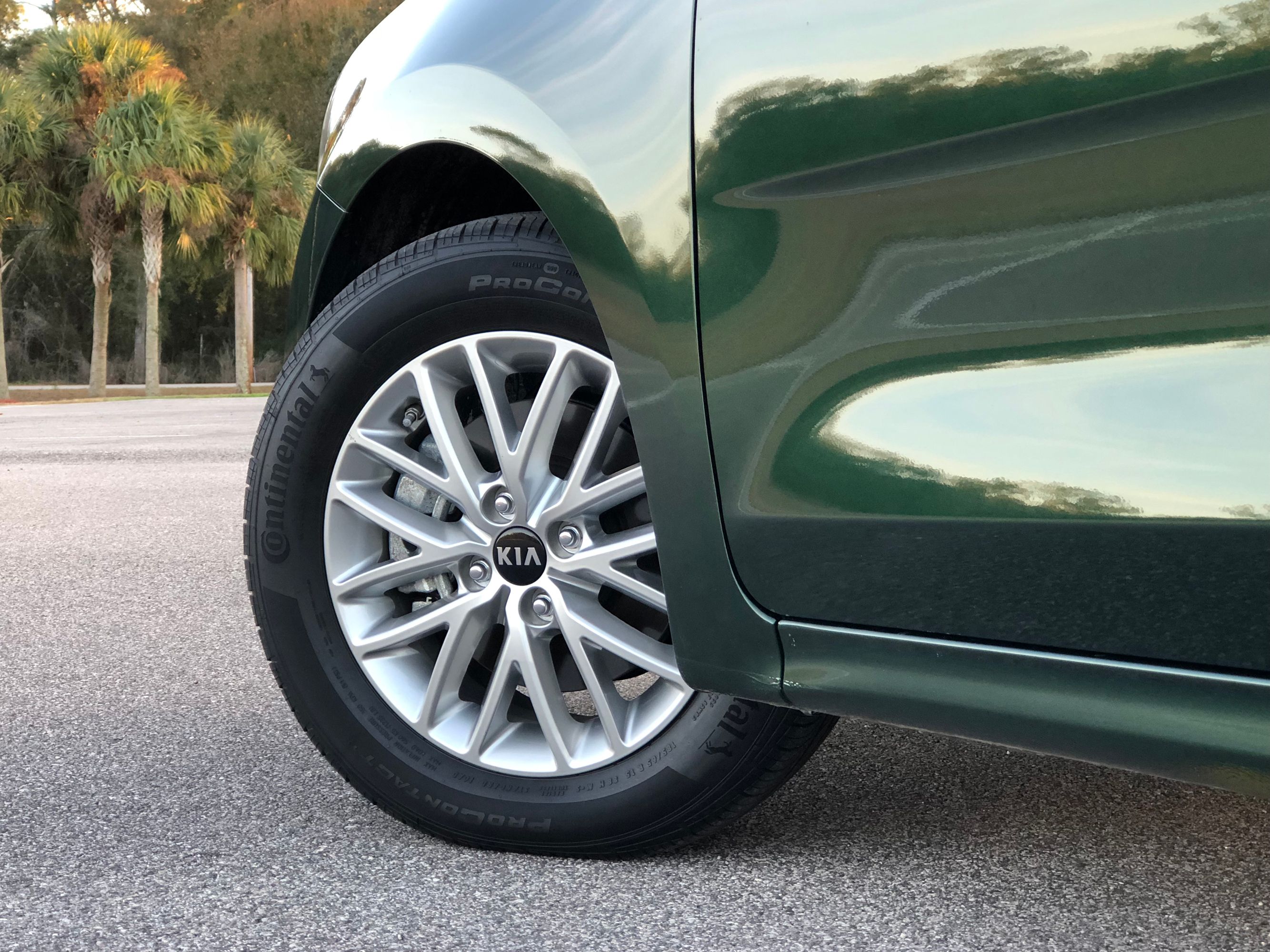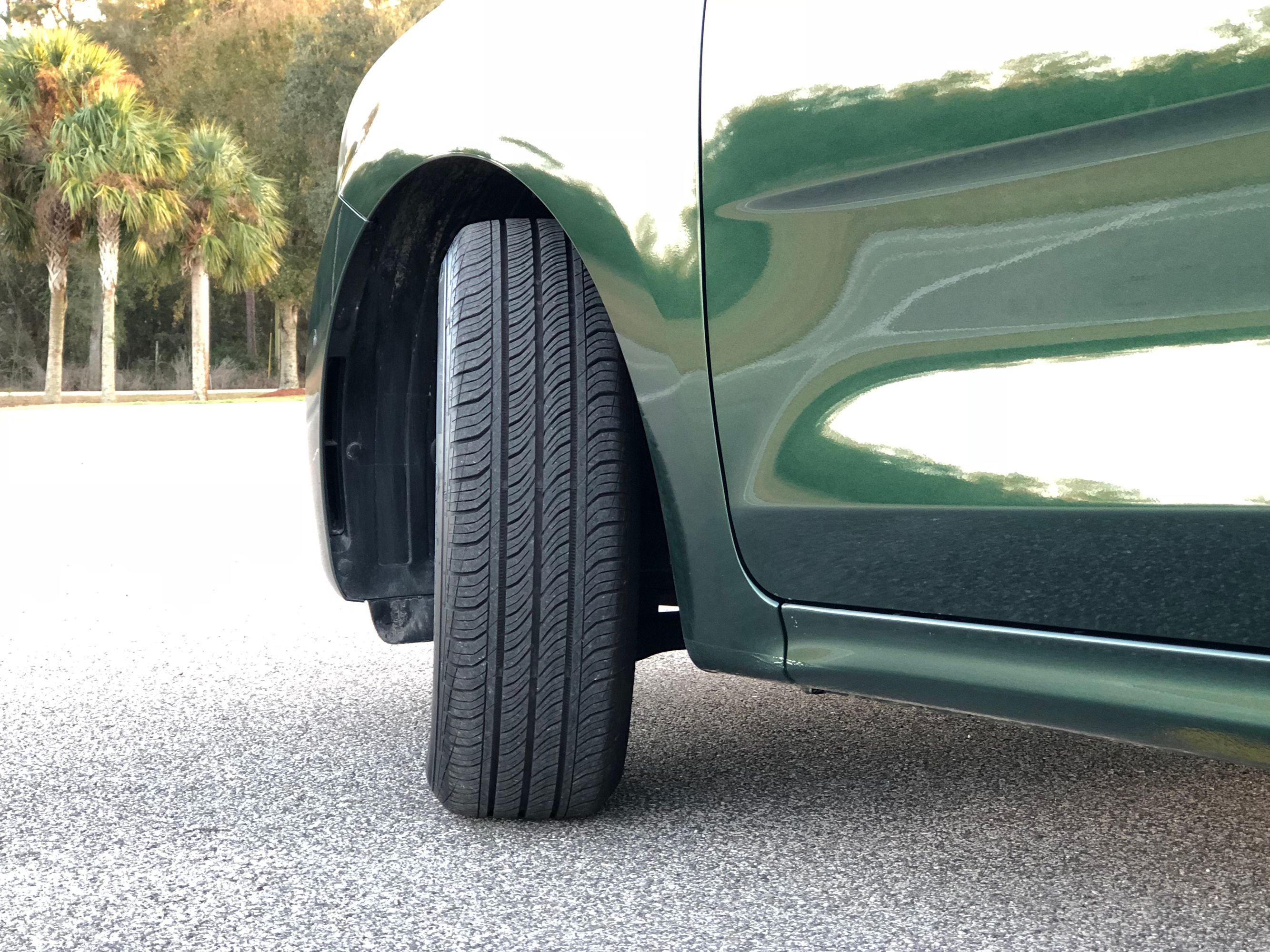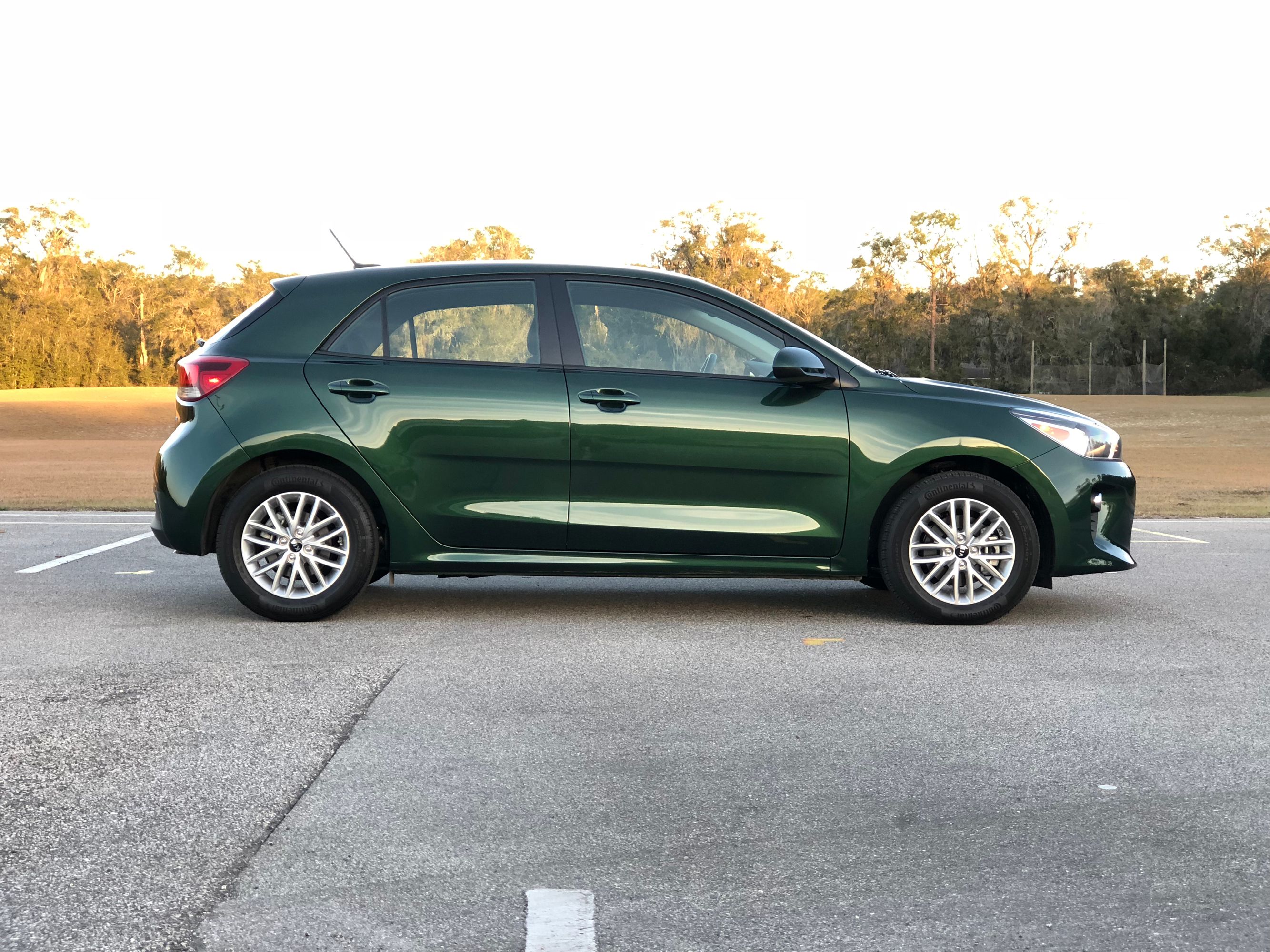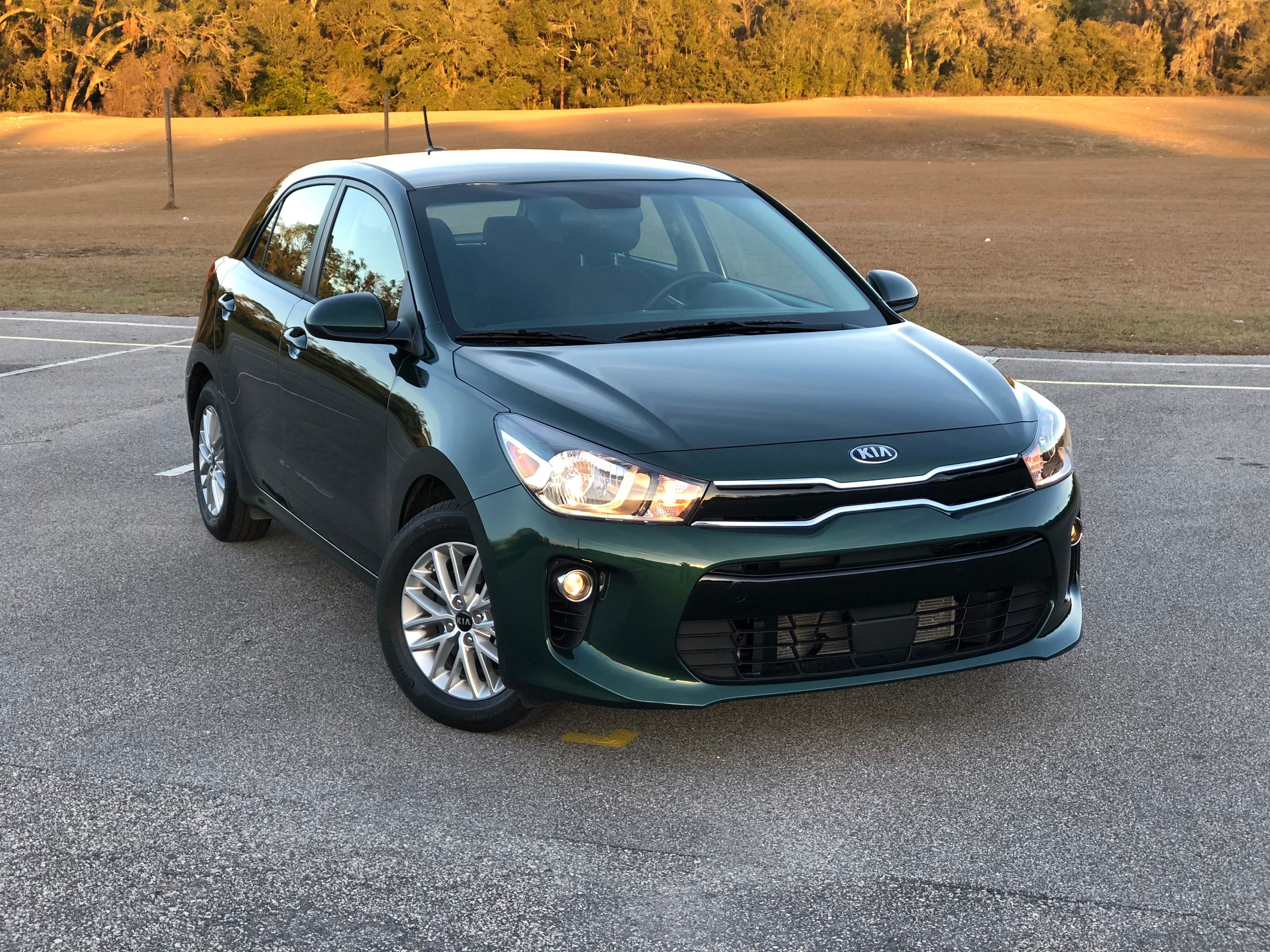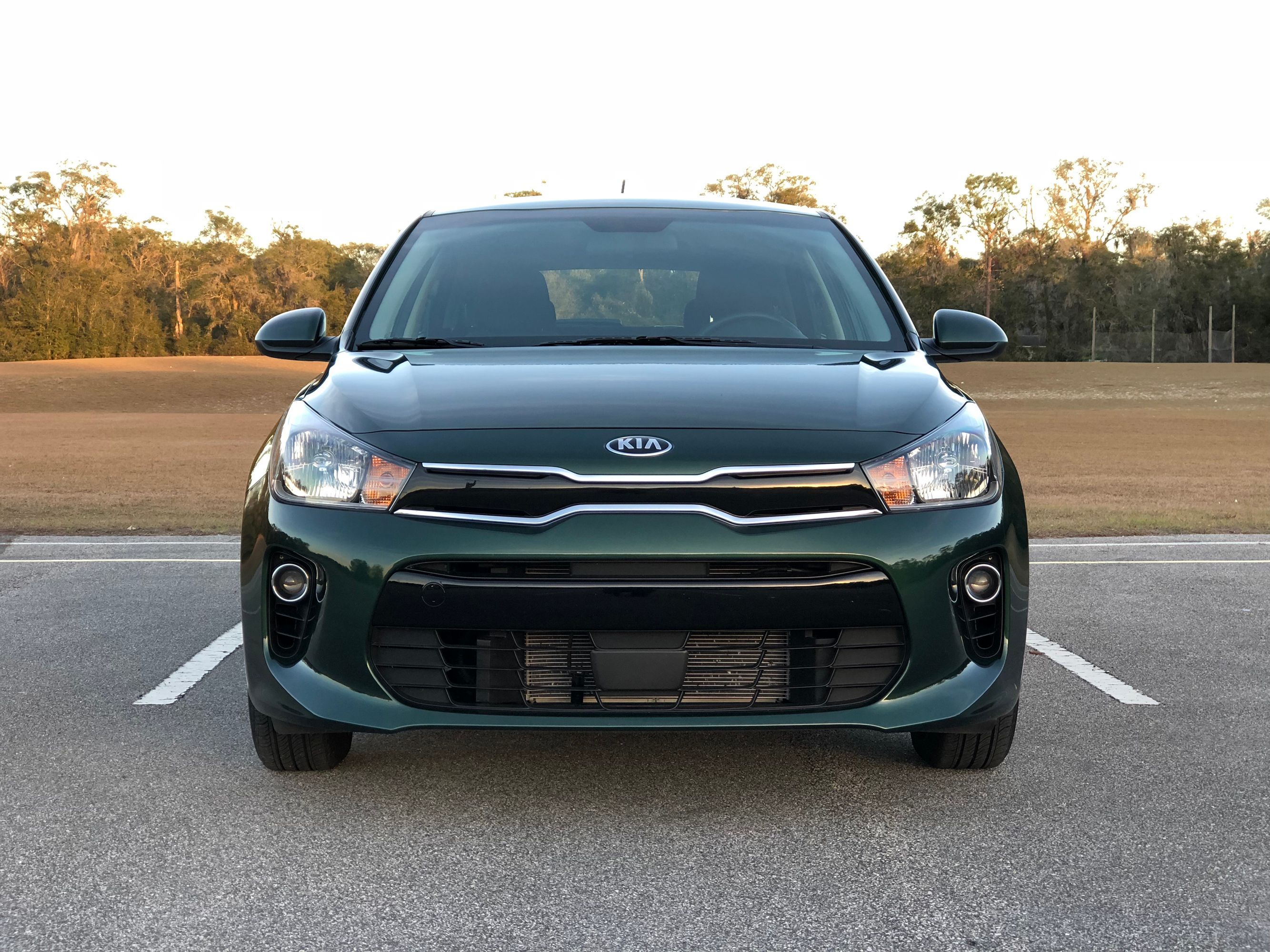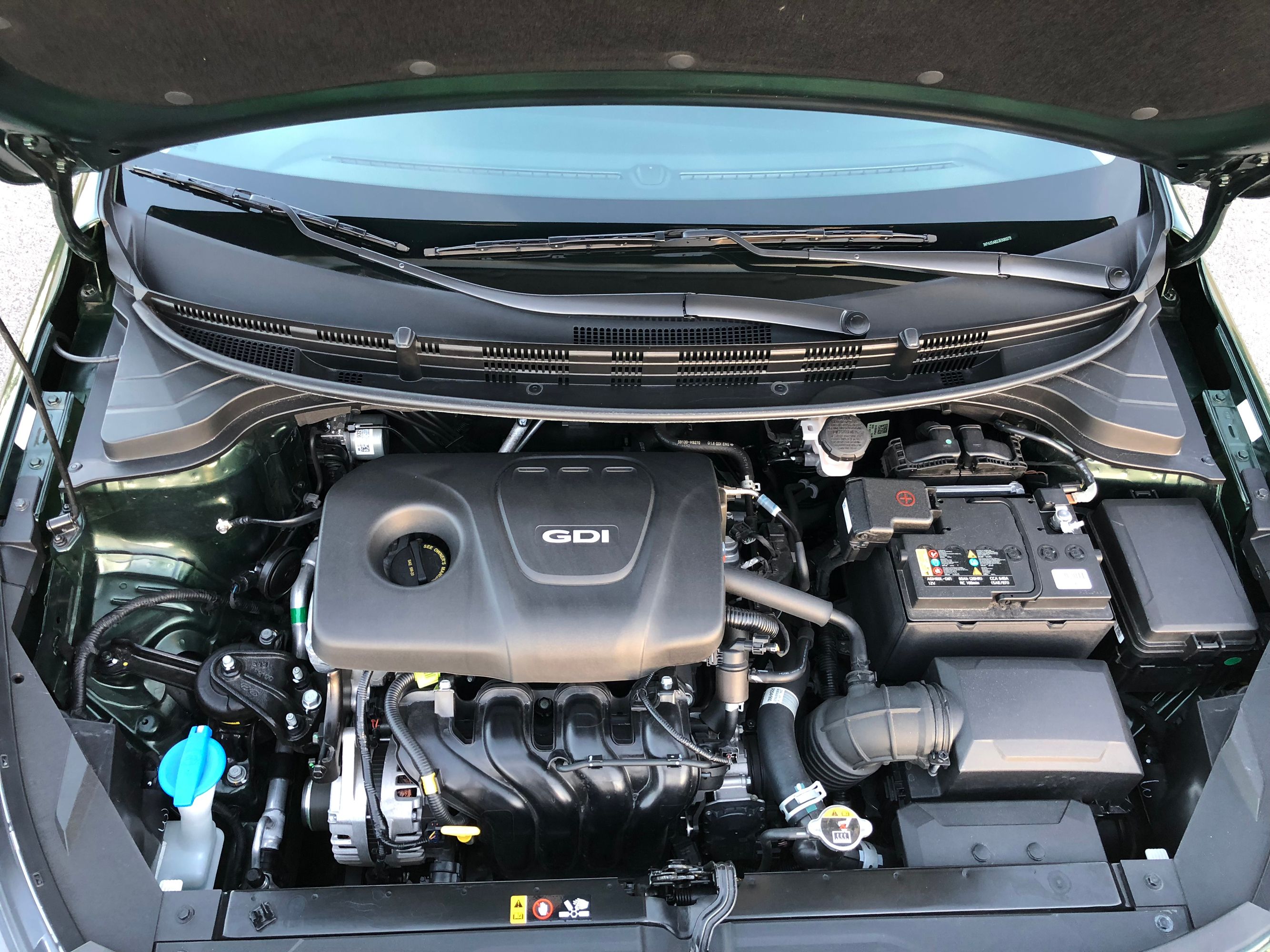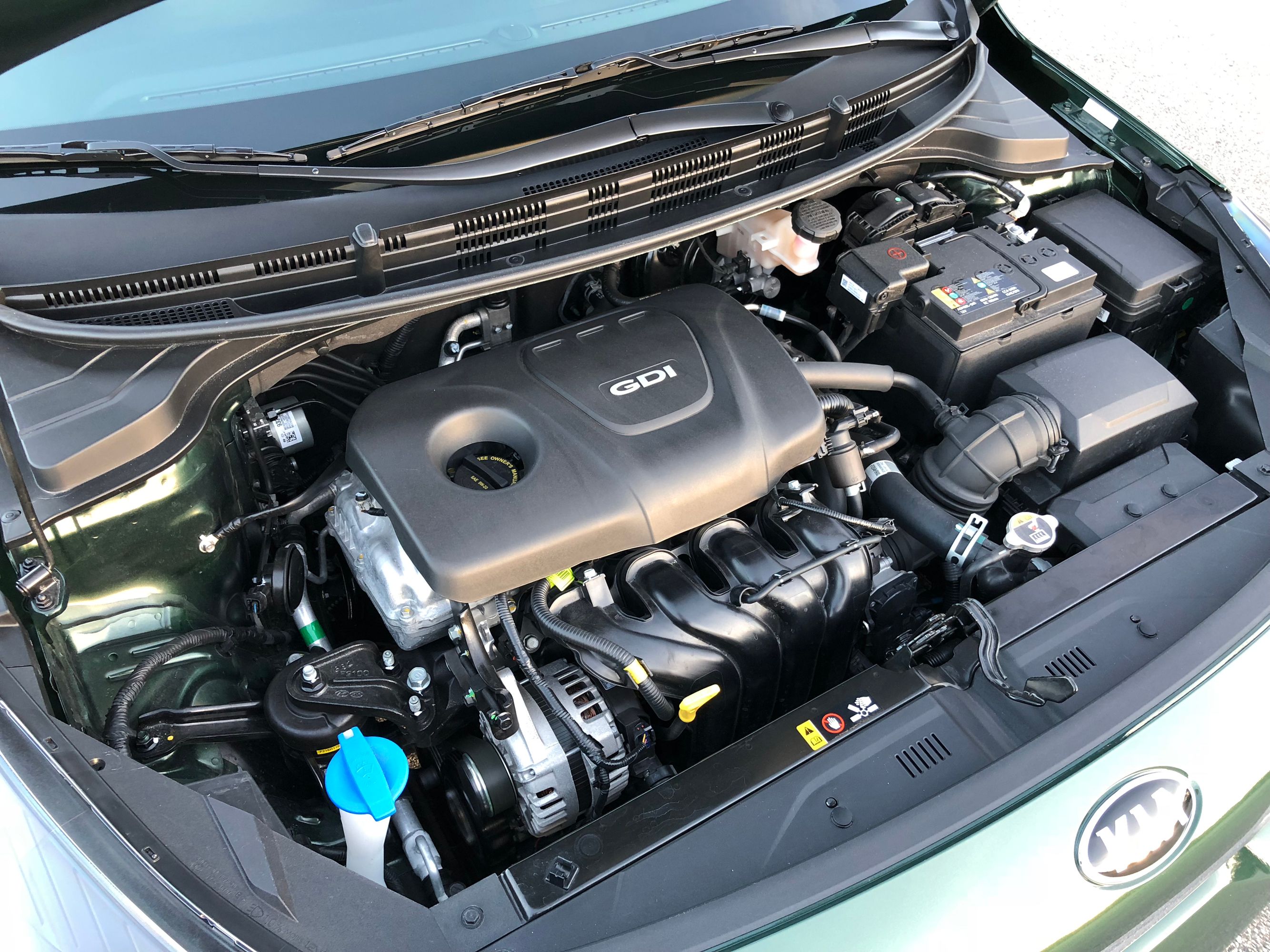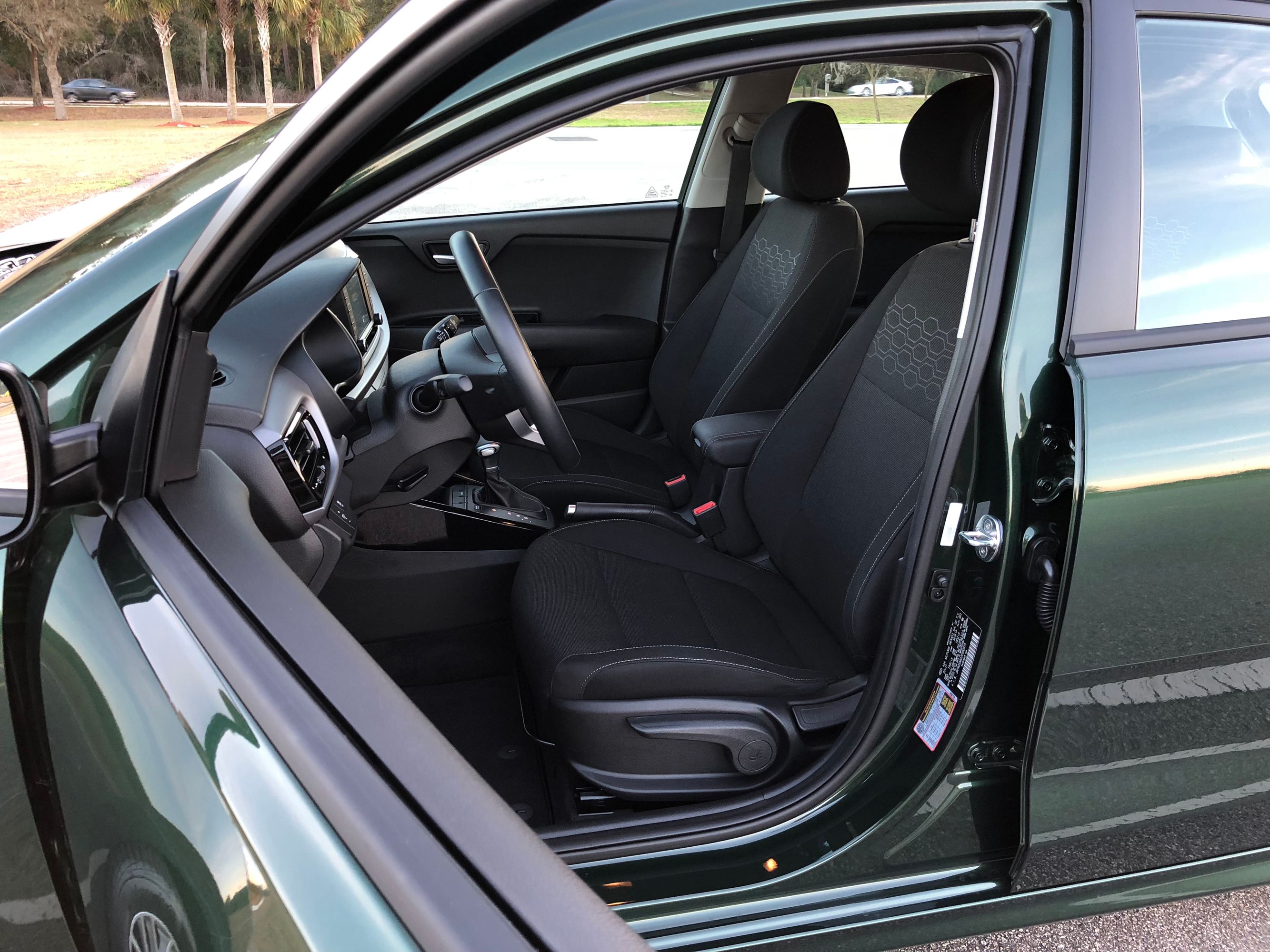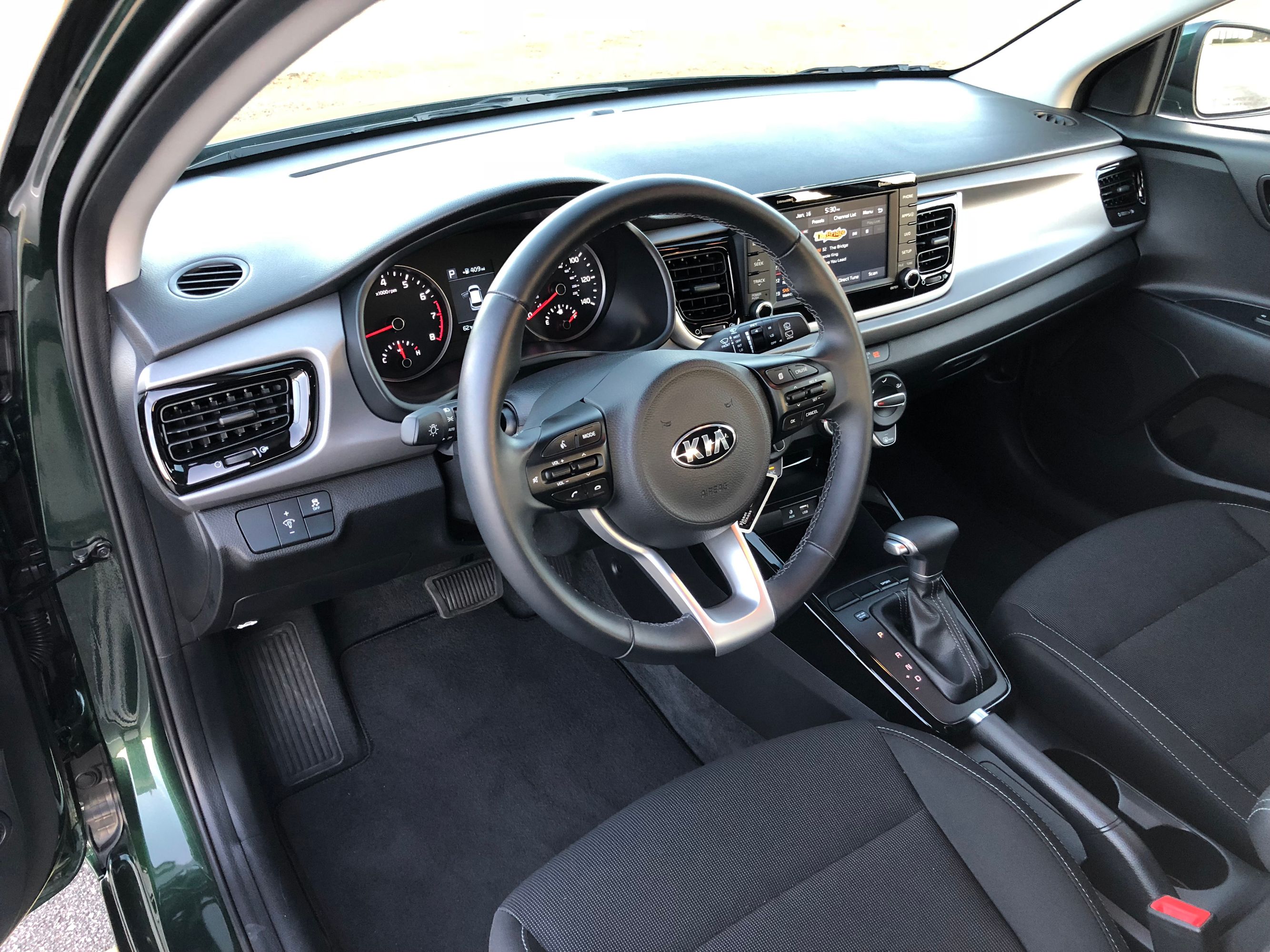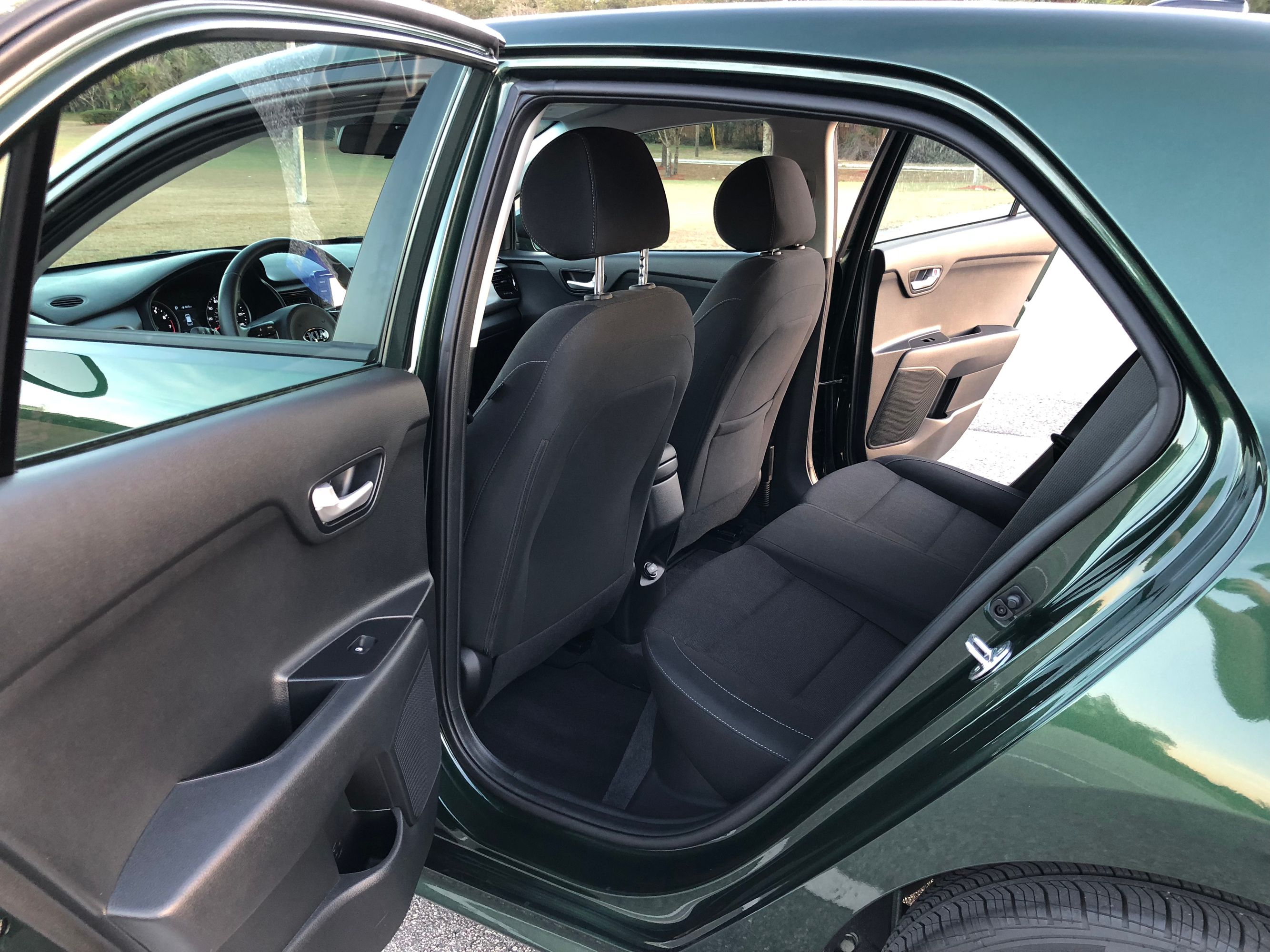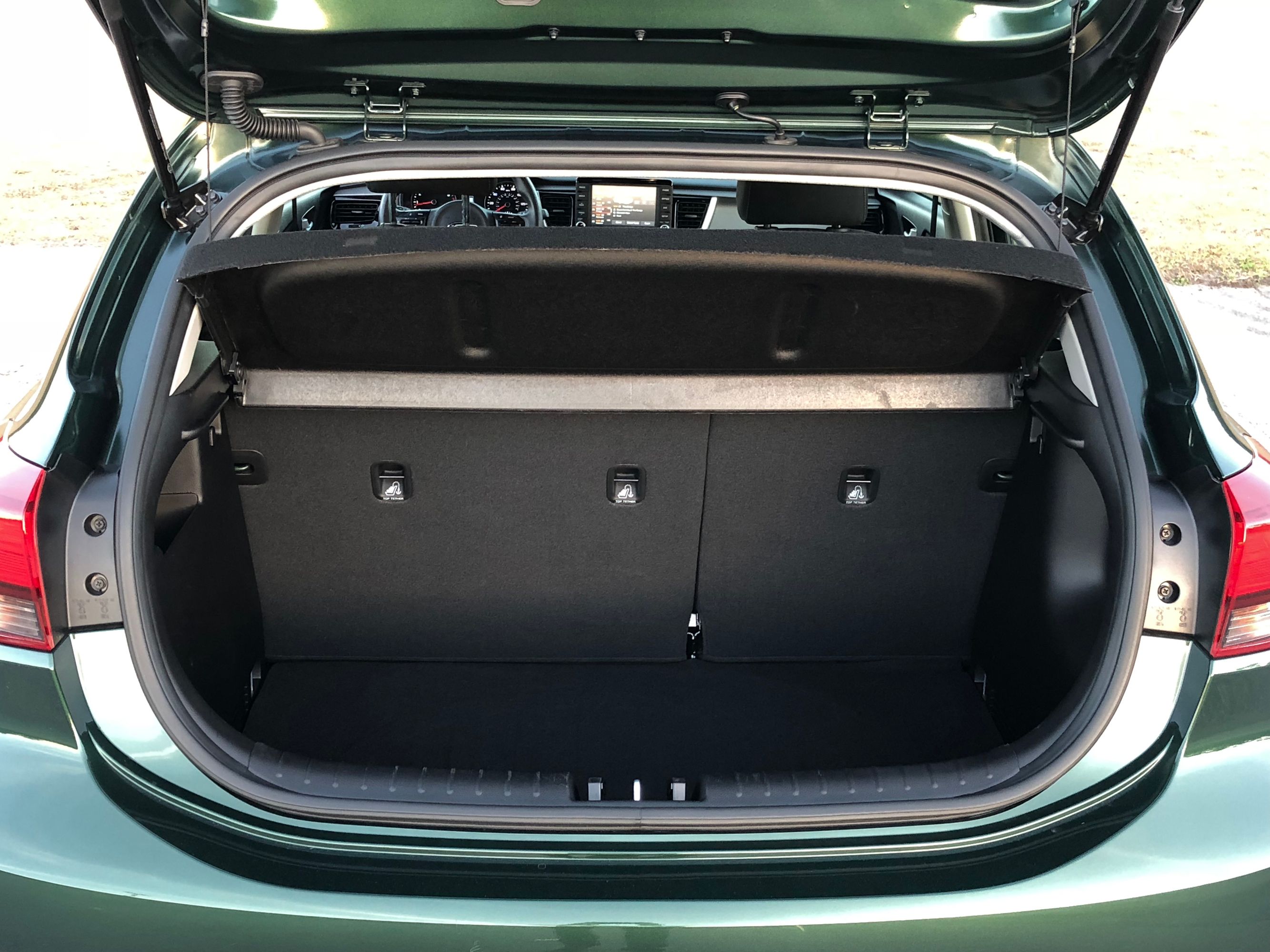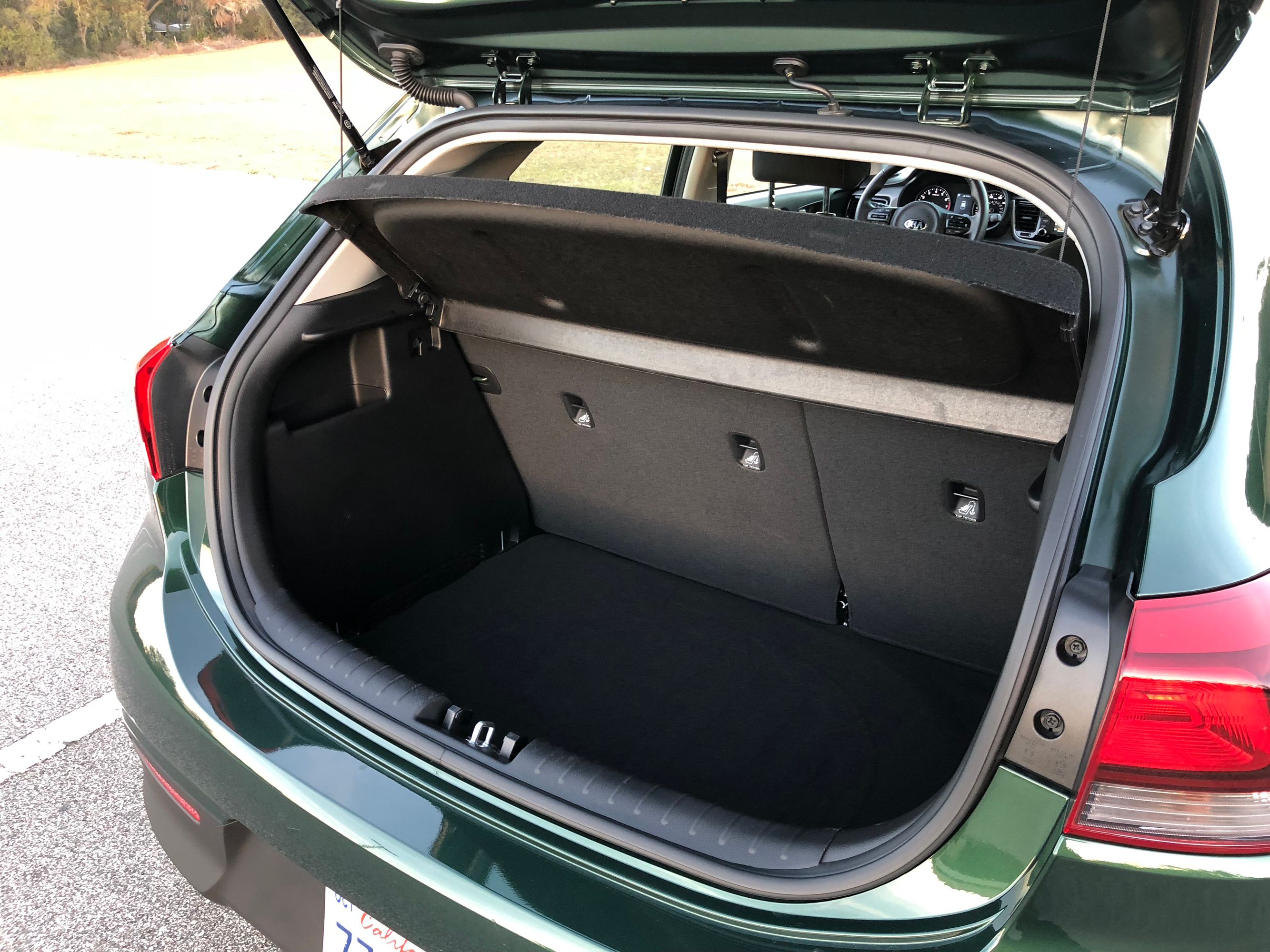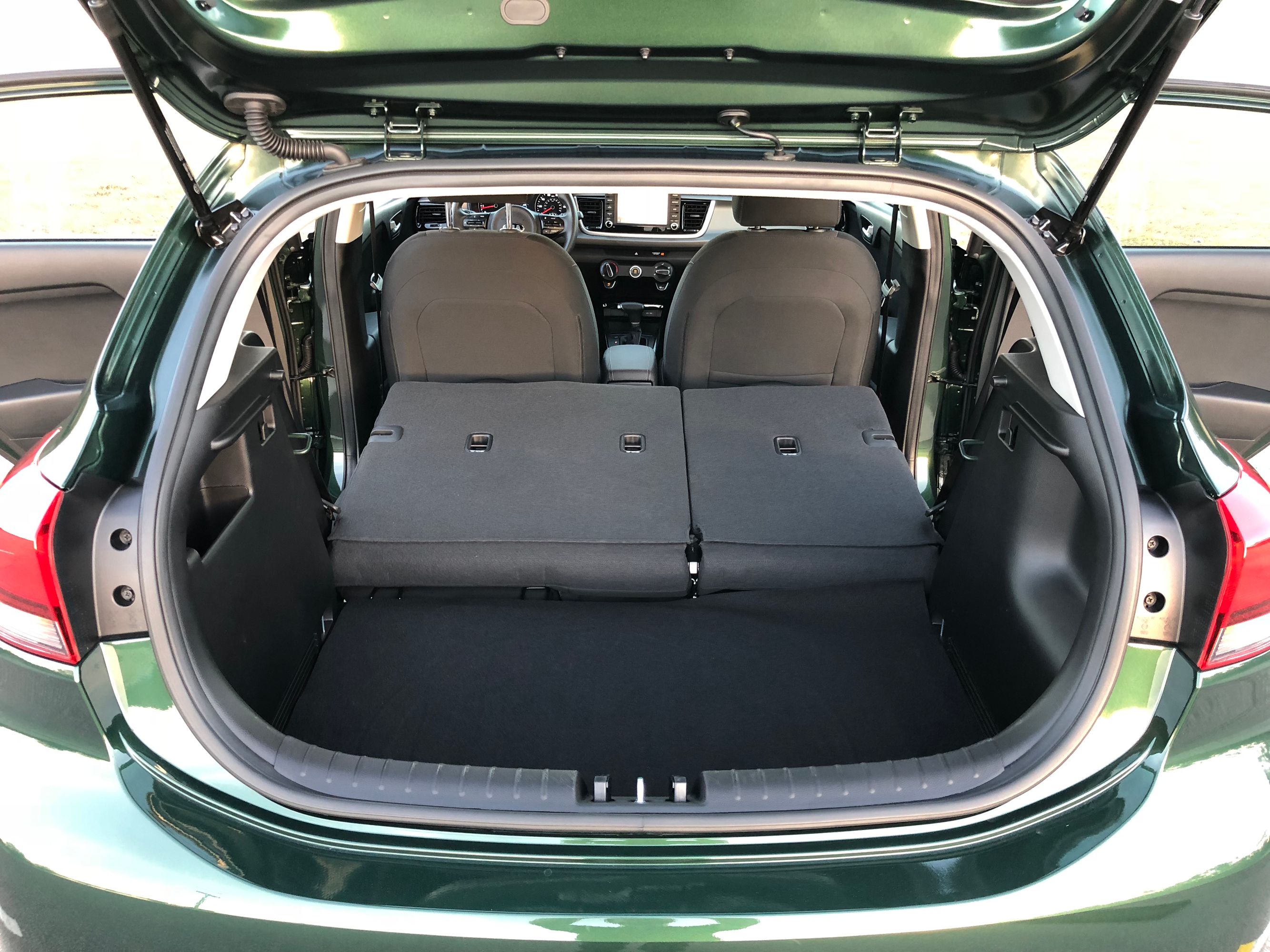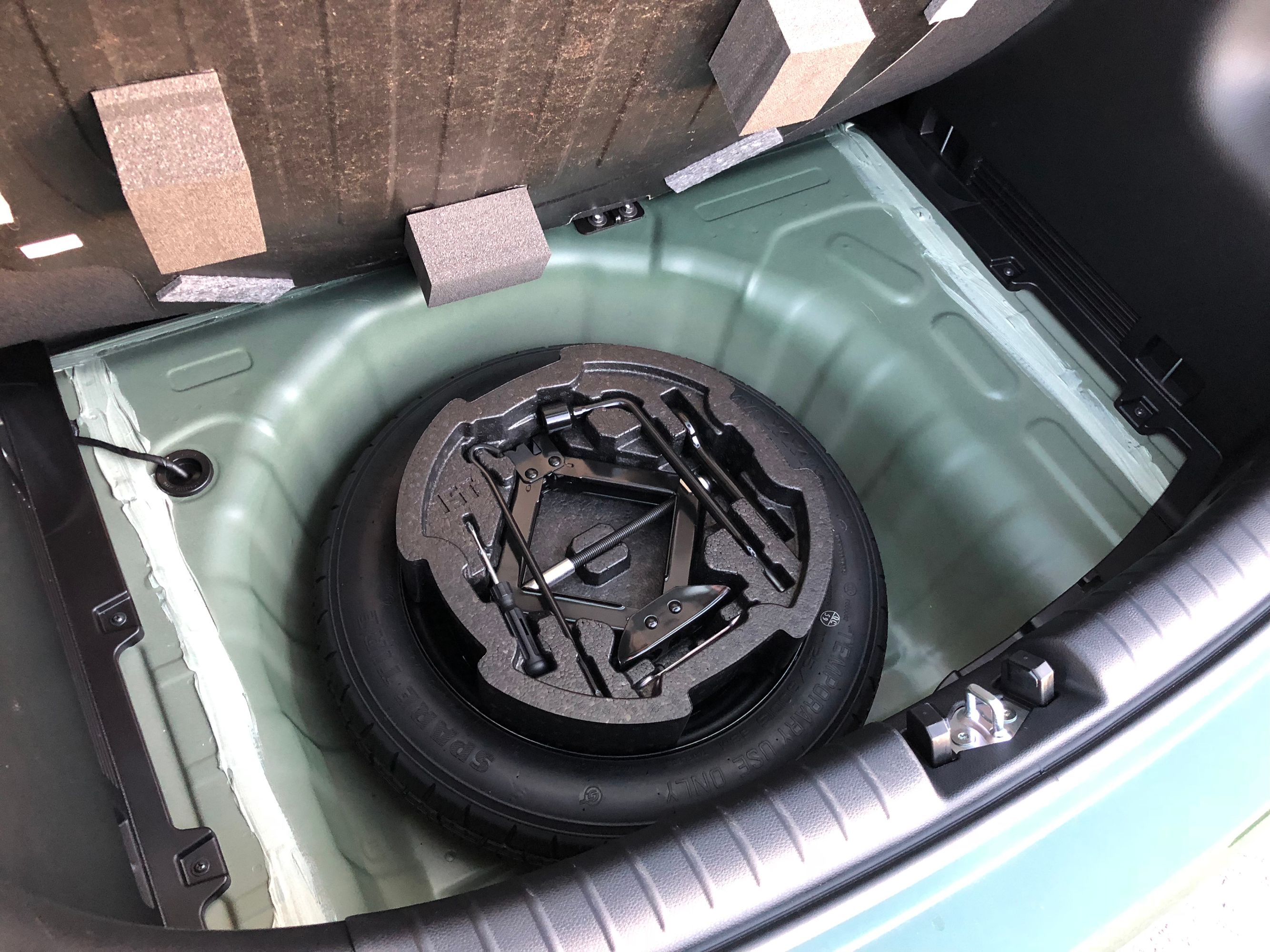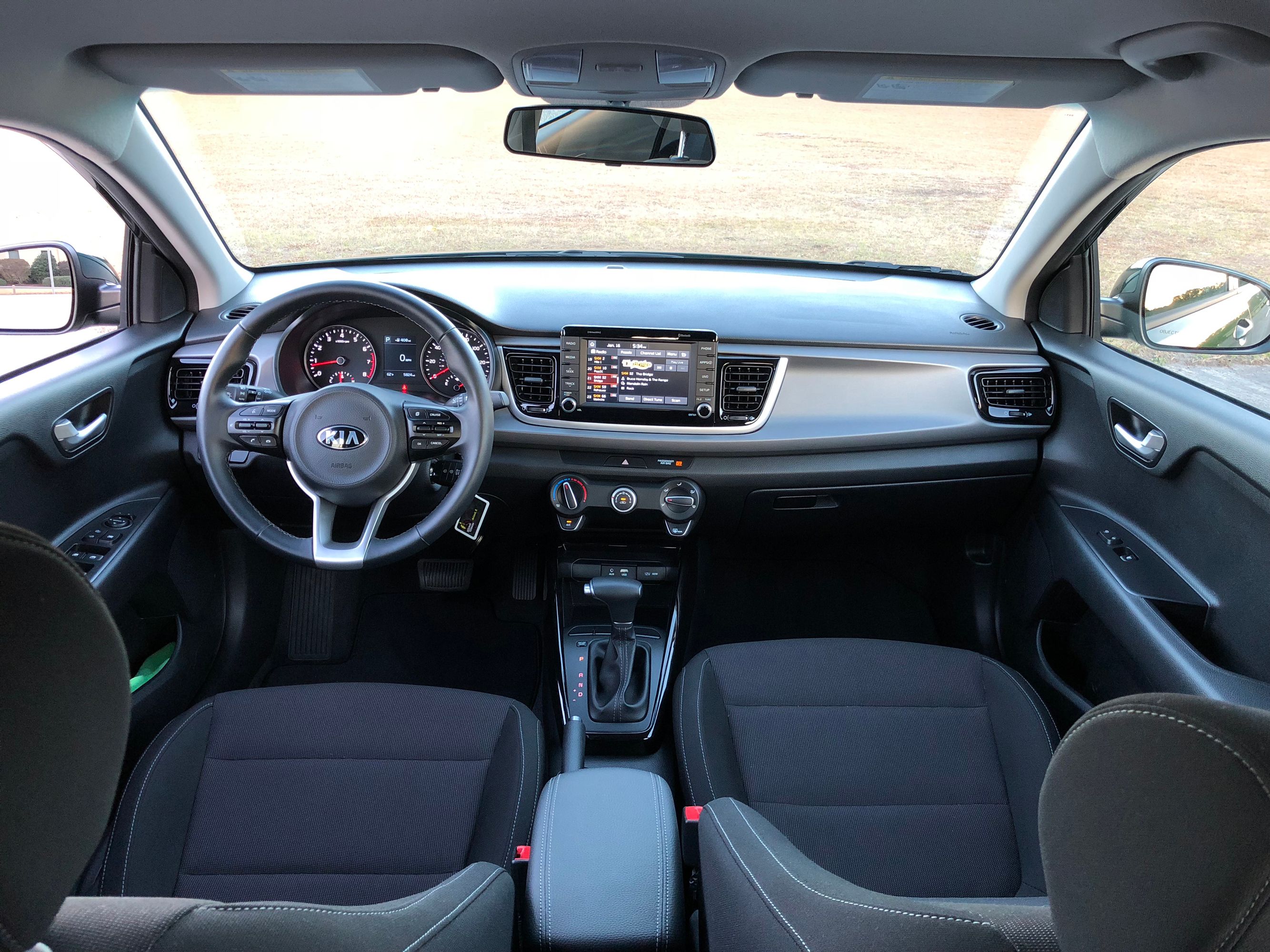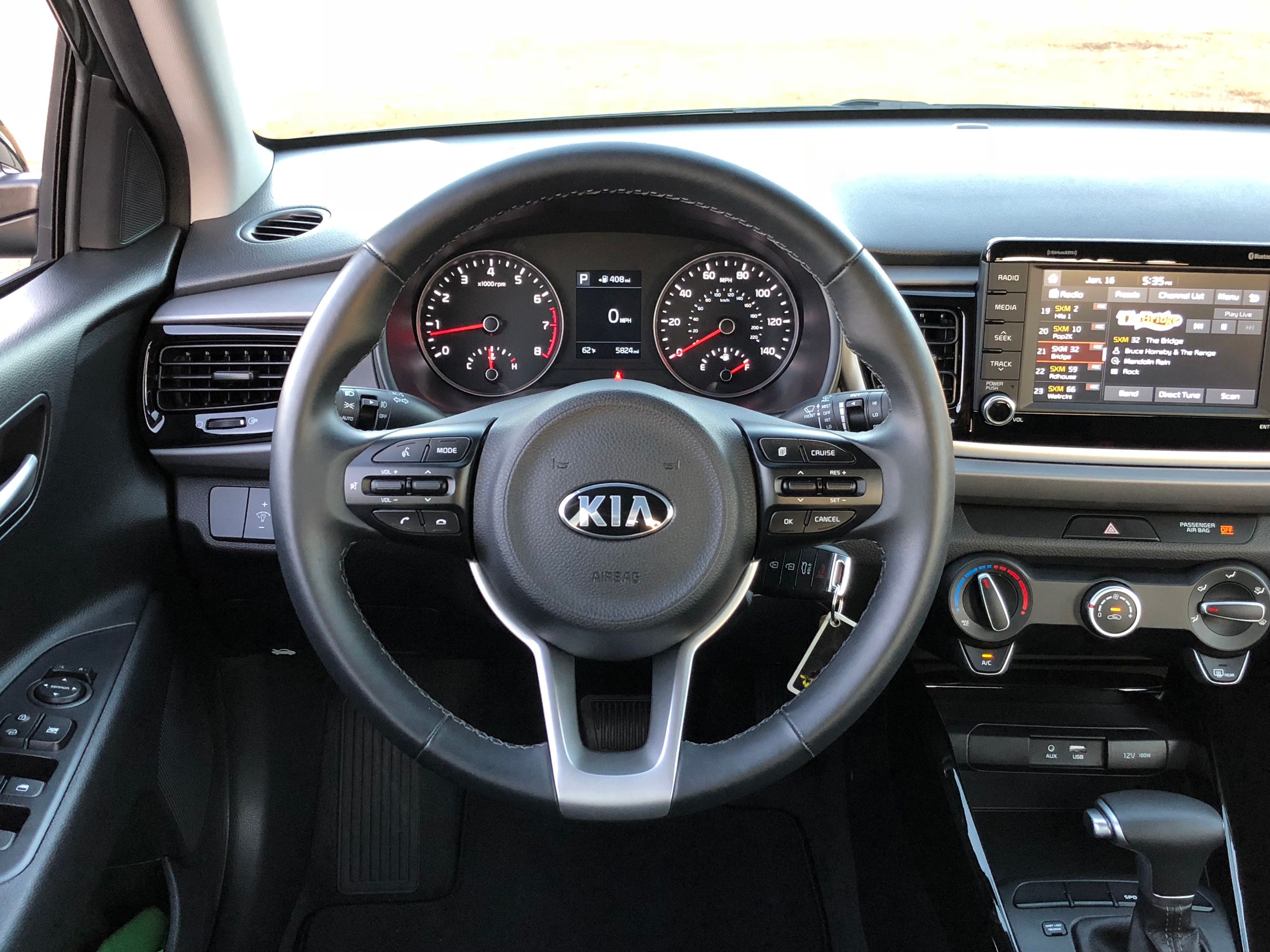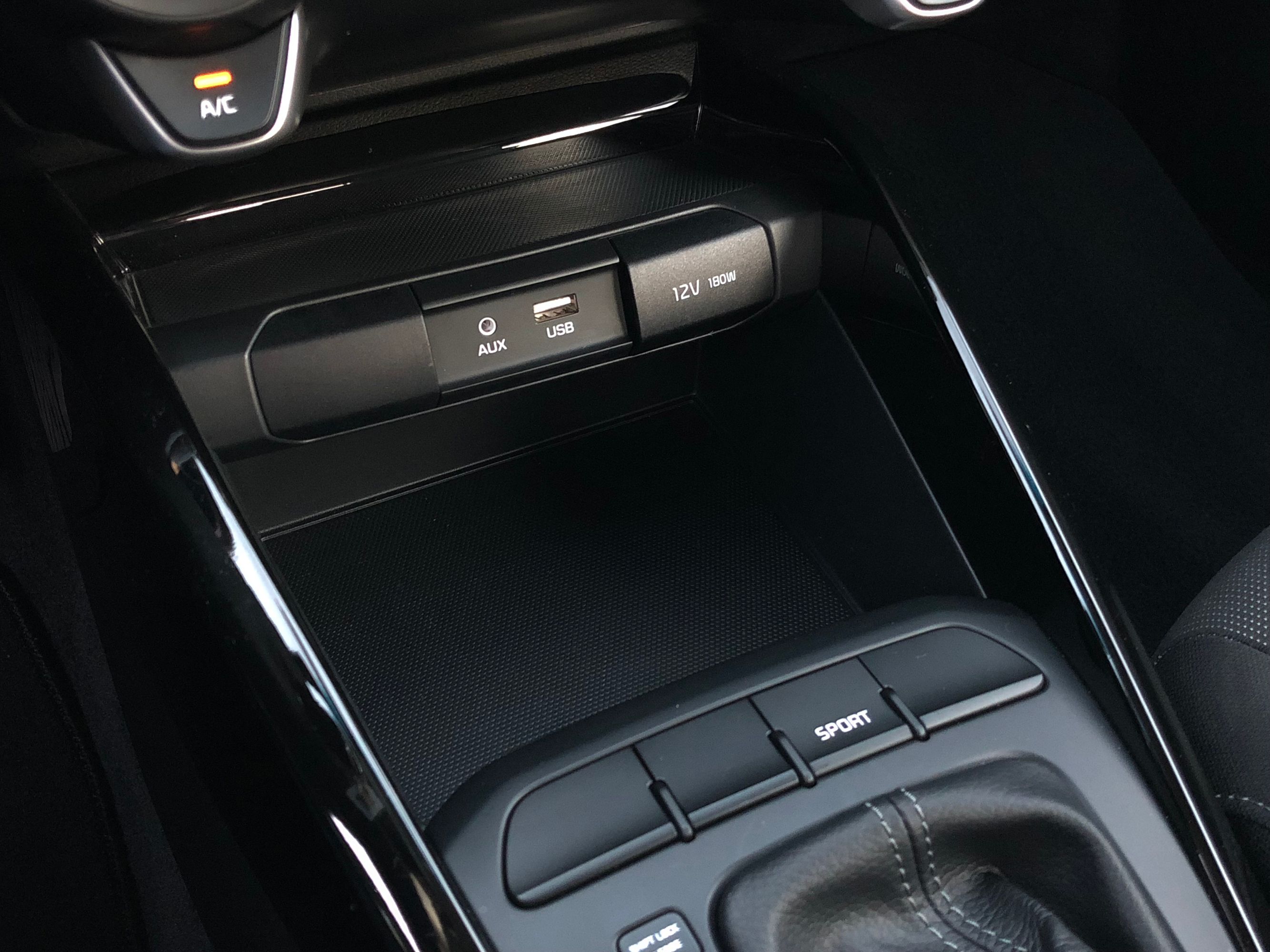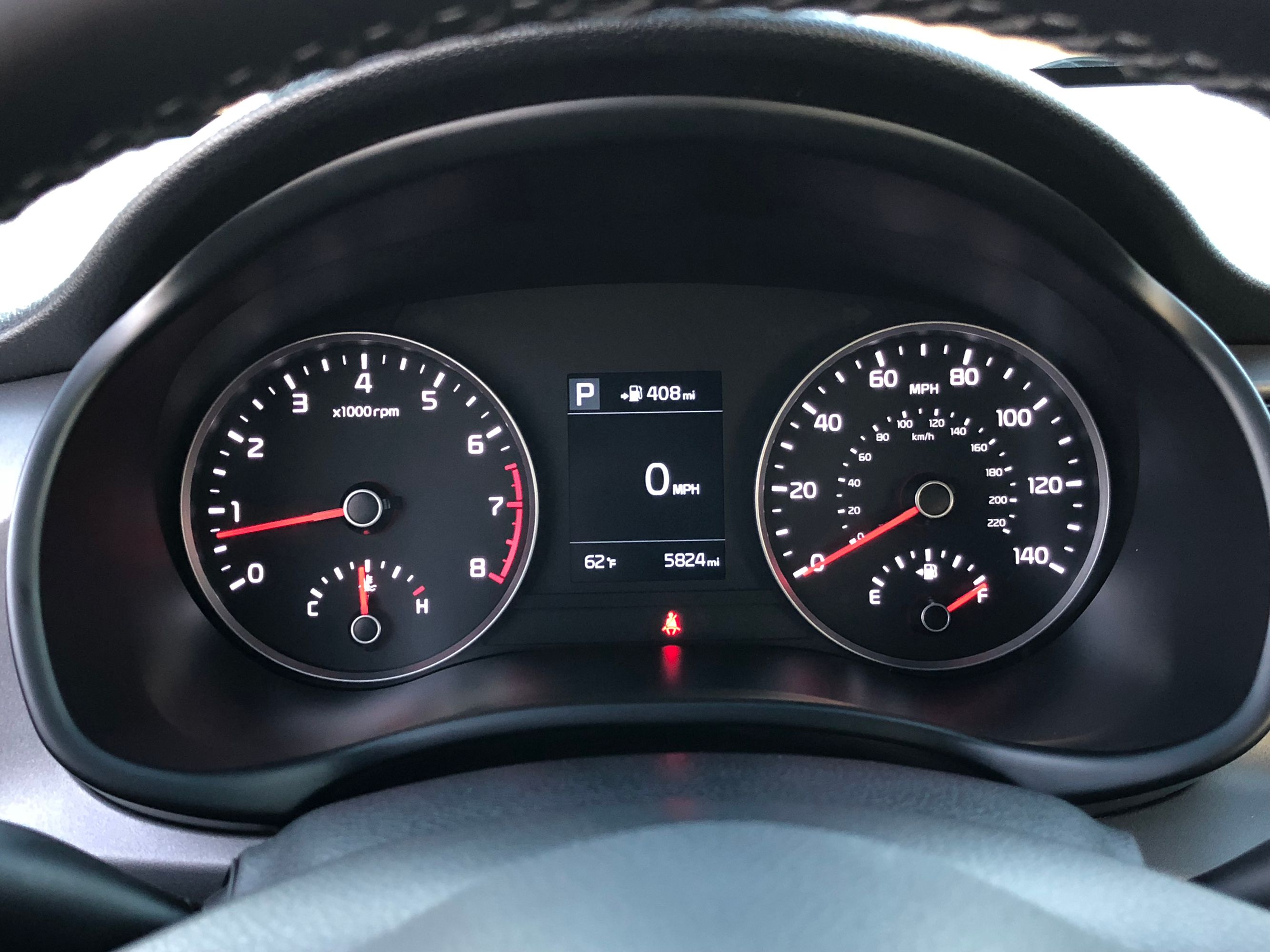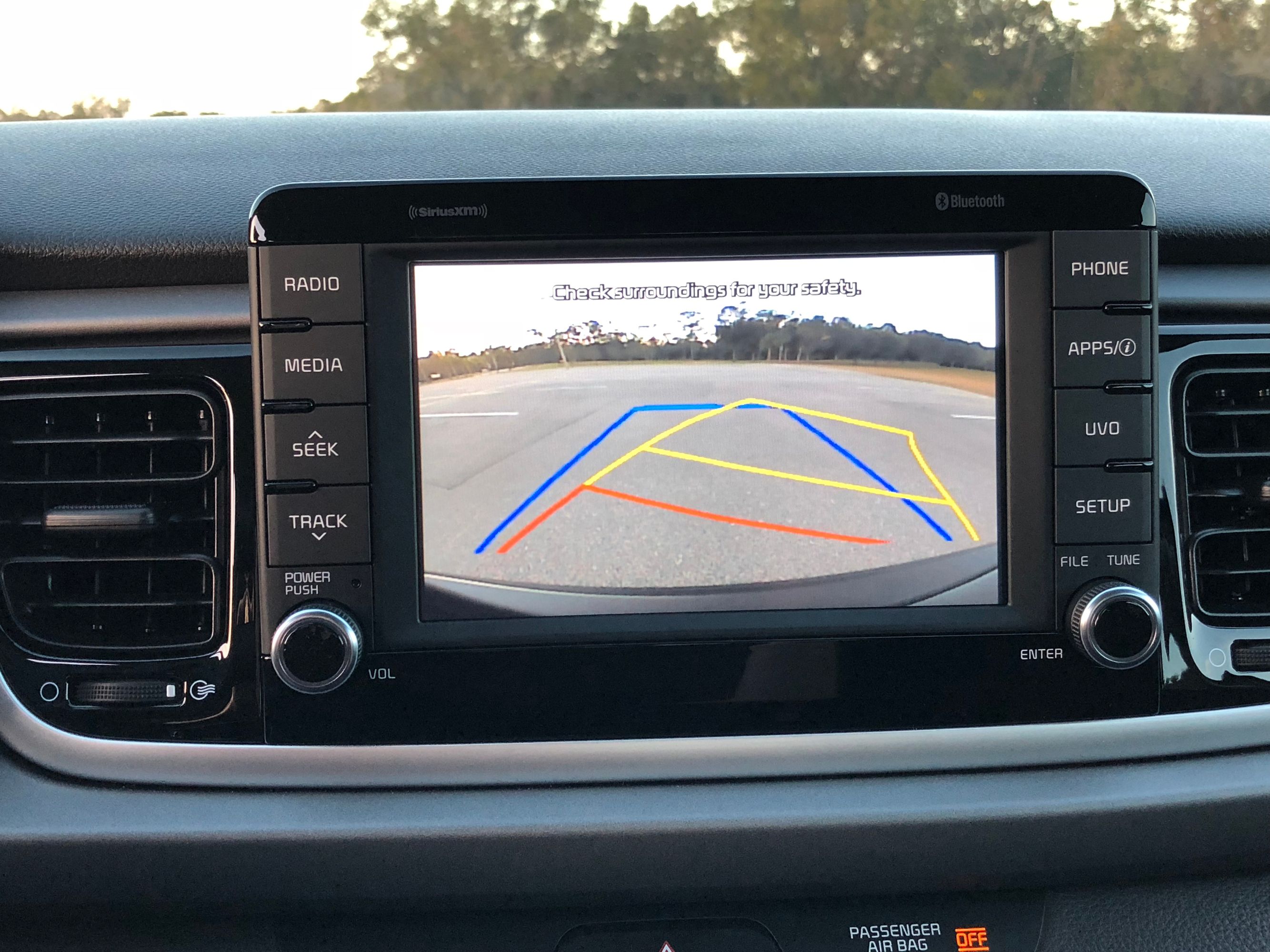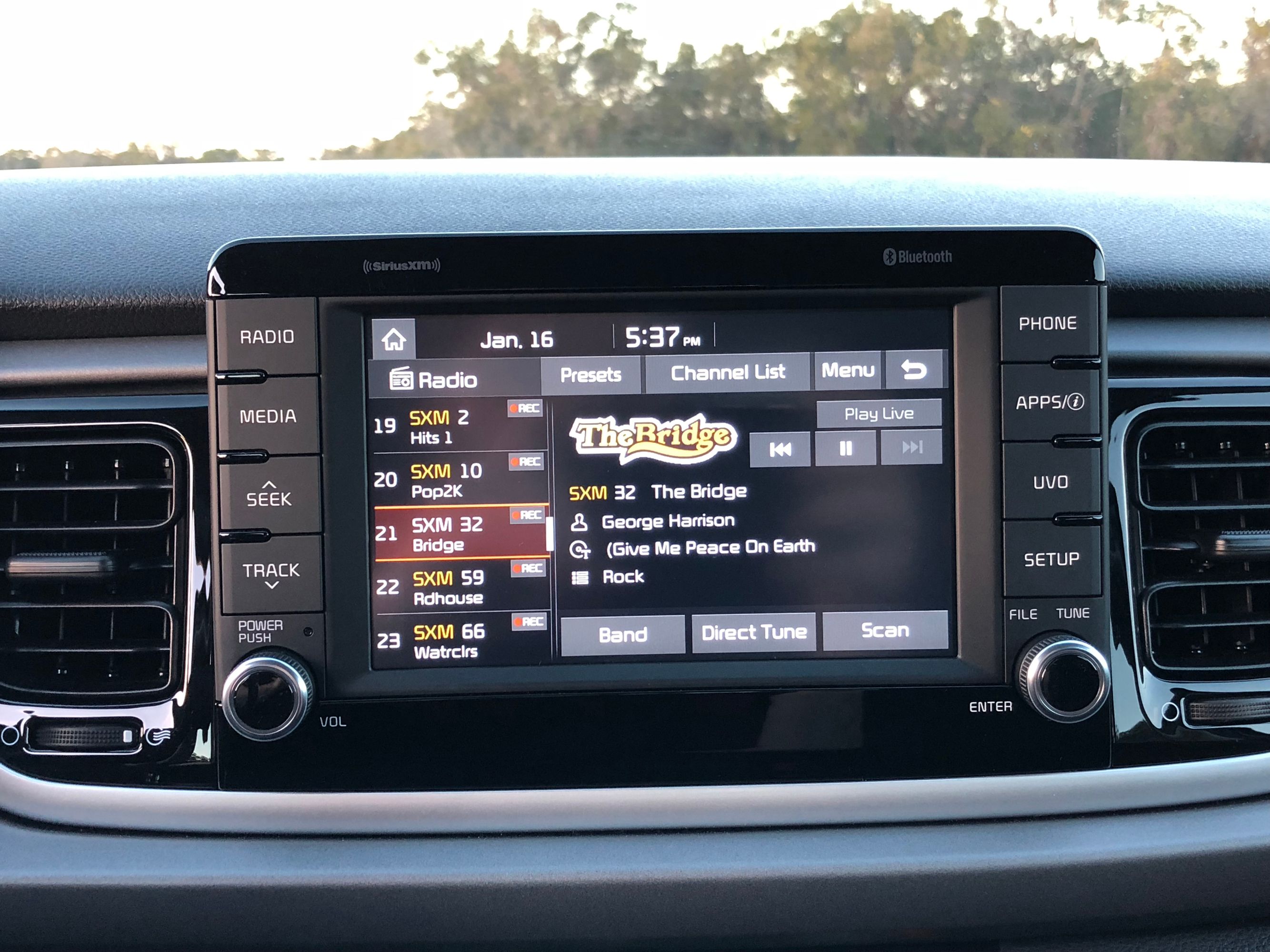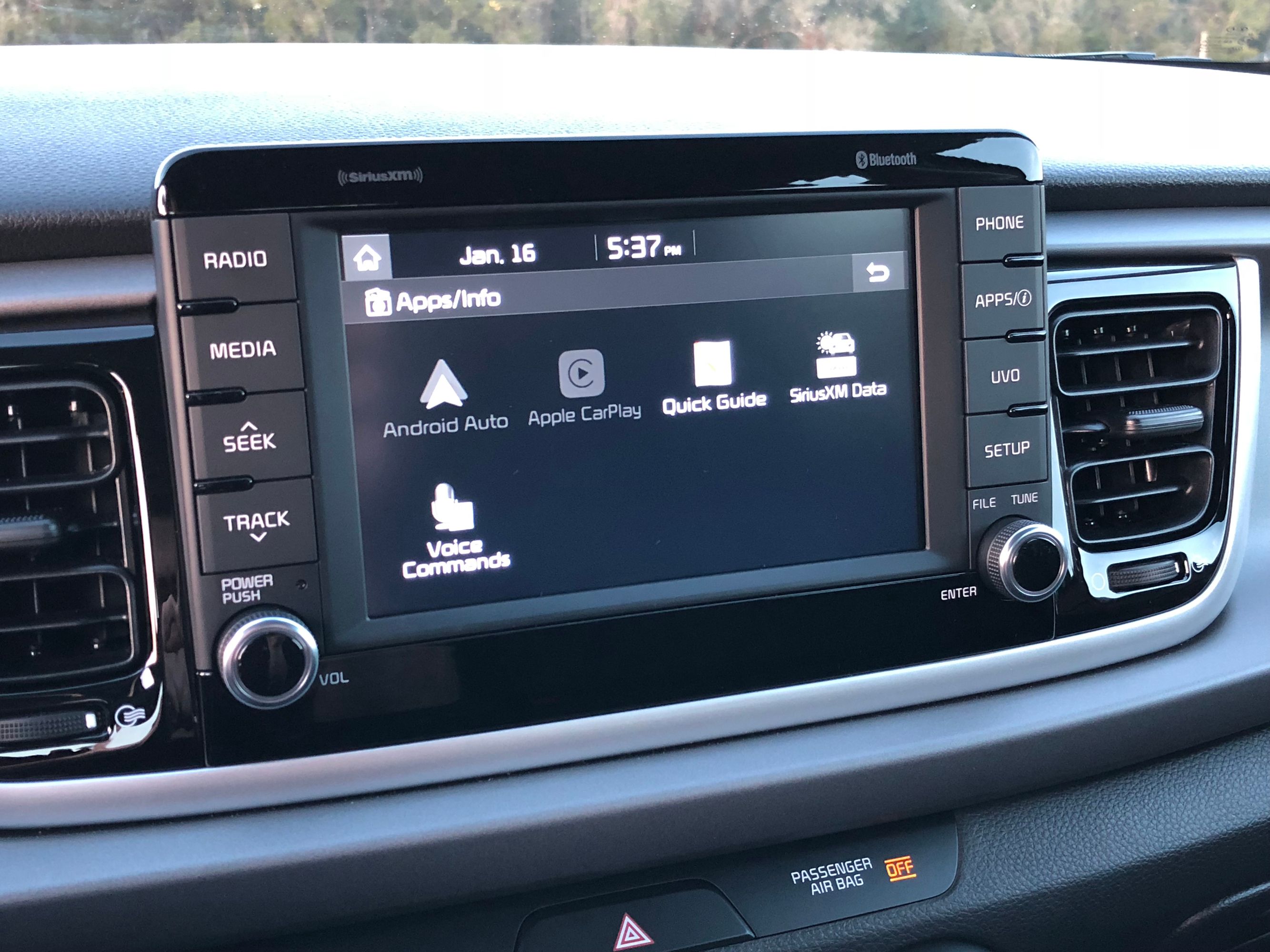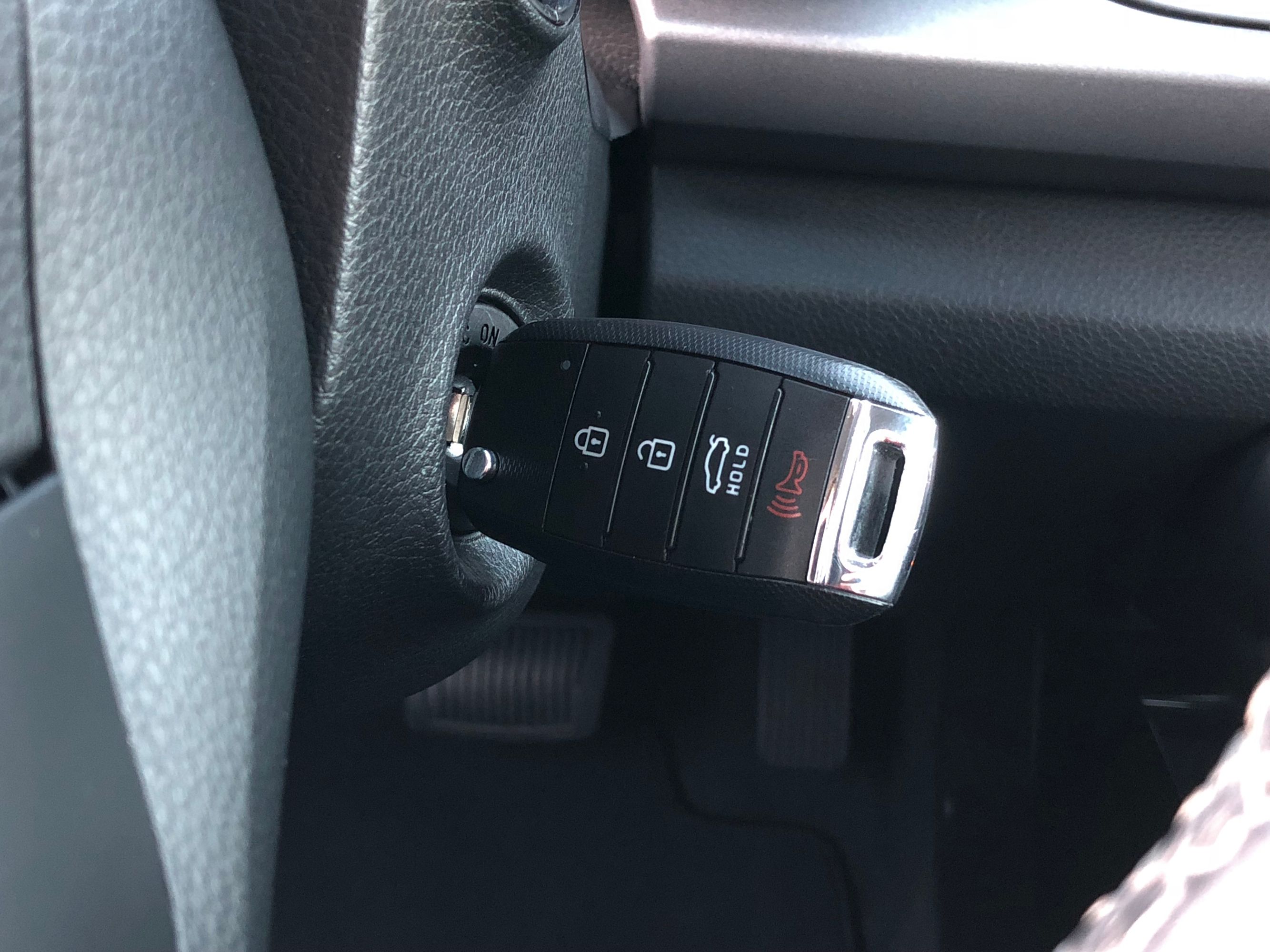Ask anyone to think of the Kia Rio, and first recollections generally include its overall cheapness and lack of desirability. Well, Kia has worked hard to changes that for 2018, moving the humble hatchback up-market while actually dropping its base price. Is it too good to be true? To find out, I spent a week with the new 2018 Kia Rio 5-Door equipped in its range-topping EX trim.
It’s worth knowing the 2018 Rio isn’t technically new. In fact, it rides on the same platform as before and uses the same 1.6-liter four-cylinder. However, that’s where the similarities stop. The car has been slightly lengthened and widened, and the naturally aspirated engine gets improvements in efficiency and drivability. Of course, the 2018 Rio’s appearance is different, too. The new car looks more upscale than before, both outside and inside.
Let’s have a look at Kia’s most affordable model.
Continue reading for more on the 2018 Kia Rio 5-Door.
2018 Kia Rio - Driven
- Make: Array
- Model: 2018 Kia Rio - Driven
- Engine/Motor: inline-4
- Horsepower: 130
- Torque: 119
- [do not use] Vehicle Model: Array
Exterior
There are few compact hatchbacks I’d consider pretty, but the 2018 Kia Rio 5-Door does a good job at not looking unfortunate. That is to say, if you’re looking for an affordable new car with room for five and their stuff, the Rio 5-Door won’t advertise your budgetary constraints – at least in person. It’ll probably take a while before the Rio name gets out of rehab.
Up front, the car shares the familiar “Tiger Nose” design seen on several modern Kia protects, including the impressive Optima and the lust-worthy Stinger. My tester came in the range-topping EX trim, meaning it boasts features like fog lights, body-color door handles, a blacked-out grille, and alloy wheels.
Those alloys might only measure 15 inches in diameter, but the wheels don’t look small in proportion to the Rio’s overall size. The 16-spoke design and low-sheen metallic finish also give the wheels a surprisingly handsome appearance – especially contrasted with the lovely True Green paint color. Oddly enough, the color isn’t listed on Kia’s build-and-price website, but this is definitely the color I’d choose. It’s different without being loud.
The Kia Rio 5-Door’s business end is what increases the car’s appeal over the Rio sedan. An electronic latch opens the hatch to reveal a decent cargo area. I’ll expound on the interior below, but know the 5-Door is well worth the extra $300 up-charge over the sedan.
Interior
Like the outside, the 2018 changes have brought the interior into modern times. The new Rio’s dash shares Kia’s current design styling, which is clean, uncluttered, and logically organized while still having some flair of interesting details.
Overall, the Kia Rio 5-Door offers comfortable room for four adults, or five in a pinch. The rear bench will fold (mostly) flat in the typical 60/40 fashion. Personal space for front occupants is good thanks to a tall roof, wide seats, and a slidable center armrest. Legroom measures 42.1 inches. Rear seat passengers make do with less legroom at 33.5 inches, but kids will be just fine. My six-year-old and her booster seat had plenty of room. She also found it easy to buckle herself in. Besides the decreased legroom, rear passengers must live without a folding center armrest, usable cup holders, and HVAC vents.
The Rio 5-Door’s cargo capacity is also smaller than a few of its main competitors. It offers 17 cubic feet behind the second row and 33 cubic feet with the second row folded. Compare that to the 2018 Nissan Versa Note and its 18.8 cubic feet behind the second row and 38.3 cubic feet with the seat folded. The 2018 Honda Fit has 16.6 cubic feet in the cargo area, but a whopping 52.7 cubic feet with its rear seats folded.
Nevertheless, the Rio 5-Door still performs its hatchback duties without fuss.
On the technology side, the EX trim brings Kia’s familiar 7.0-inch infotainment system running UVO3 software and boasting compatibility with Apple CarPlay and Android Auto. The UVO3 system is incredibly user-friendly and logically laid out. Hard buttons on the side of the screen make for quick shortcuts and knobs for volume and tuning couldn’t get more straightforward. The only downside to the 2018 Rio technology front is the low count of USB ports. There’s only one ahead of the shifter.
The steering wheel is covered in buttons, offering command of the driver information screen, cruise control, radio volume and tuning, phone calling, and voice commands.
The 2018 Kia Rio still shows its budget-based roots in a few places. The manual, single-zone HVAC system looks straight from the 1990s, though it works incredibly well, and the physical ignition key might confuse some younger millennials used to push-button starting.
Overall, the 2018 Kia Rio 5-Door EX’s interior is impressive for what it is. It would make a fantastic first car for someone while still being feature-rich enough for someone looking to downsize and simplify life without going into the Stone Age.
Drivetrain
The 2018 Kia Rio uses the same 1.6-liter four-cylinder from the previous Rio, though several updates make it better. It continues to use an aluminum cylinder block and heads, along with direct fuel injection and variable valve timing on the intake side. Kia didn’t make a big fuss over exactly what changes it made to the engine, but horsepower is down by eight and torque is down by four pound-feet.
Surprisingly, however, the engine feels impressively peppy for only having 130 horsepower and 119 pound-feet of torque. The updated six-speed automatic also helps the Rio’s drivability, too. Shifts happen quickly and without issue. Engine revs stay pretty low except for during fast Interstate travel.
Making things more fun is Sport Mode. It keeps the engine spinning faster, holds gears longer, and is faster to downshift during braking. The sprint to 60 mph happens in a relatively respectable 8.5 seconds and top speed is listed at 121 mph.
Fuel economy improves by one mpg in the city and highway loops and two mpg in the combined category. For 2018, the EPA estimates the automatic-equipped Rio 5-Door gets 28 mpg city, 37 mpg highway, and 32 mpg combined. During my week, I averaged 32.3 mpg over 380 miles of mixed driving.
Behind the Wheel
The Kia Rio will never be mistaken for powerful, but it makes the most of its 130 horsepower. Thanks to a curb weight of only 2,584 pounds, the little hatchback is willing to scoot down the road. The steering is mostly numb, providing almost no feedback except for torque steer but has very little on-center vagueness. Combine that with the skinny 185/65-series tires, and the Rio can feel a bit darty.
The darty feeling is exacerbated at highway speeds. Winds easy buffet the car and imperfections in the road make its twitch within its lane. Despite this, the interior remains impressively quiet for a sub-$20,000 hatchback. While I wouldn’t want to spend all day behind the wheel on a cross-country road trip, the Kia proved a willing and mostly comfortable drive partner.
Around town is where the Rio really shines. Its quick steering makes short work of navigating tight city streets. A torquey first gear makes 119 pound-feet of torque feel stout off the line and both the throttle and brake are easily modulated. In short, the Rio is actually fun to drive. SiriusXM radio added to the enjoyment.
Pricing
Of course, it’s the money aspect that has the Rio 5-Door making the most sense. While the 2018 Rio sedan starts at $13,900, the 5-Door Hatchback version only costs $300 more. Three trim levels are offered: the base LX at $14,200, the S for $16,400, and the most well equipped, the EX, at $18,700.
My EX tester had only one option – the $130 floor mats. The only other added cost is the $895 destination fee. With both added on, the MSRP stickered at $19,725.
The Rio isn’t available with big option packages that suddenly boost trim levels and price tags. The only major package is the Launch Edition package offered on the EX. For $500, it brings red interior trim and partial leather seats.
The Competition
2018 Honda Fit
Honda has given the Fit a big makeover for 2018, reworking nearly every aspect of the car in this mid-cycle refresh of the third generation. The car is quieter, more stable on the road, and has a slightly refreshed dashboard with a volume knob rather than the touch-sensitive slider. As mentioned above, the Fit is larger than the Kia Rio, especially with the back seats folded flat. Niceties like Apple CarPlay and Android Auto are included, along with available leather seats.
The engine carries over unchanged. It generates between 128 and 130 horsepower and 113 to 114 pound-feet of torque, depending on the trim level. A six-speed manual is standard, but most customers will likely choose the Continuously Variable Transmission.
Pricing for the refreshed 2018 Honda Fit starts at $16,190 in the LX trim. Other trims include the Sport, EX, and EX-L. The EX is the most comparable to my Kia Rio tester, both in price and content. The Fit EX starts at $18,160 and includes things like Honda Sensing, a moonroof, and Apple CarPlay and Android Auto. Upping to the EX-L adds heated leather seats, makes the CVT standard, and opens the option of getting built-in navigation. The EX-L starts at $20,520.
Read our full review on the 2018 Honda Fit.
2018 Nissan Versa Note
The Versa Note simply the five-door version of the Versa sedan, but I do give credit to Nissan for calling it something other than “5-Door.” It comes in three trim levels – S, SV, and SR – and offers seating for five people or room for 38.3 cubic feet of cargo. The dash is starting to feel dated since its 2015 debut, especially compared to the Kia and Honda. It only has a 5.0-inch infotainment screen and Apple and Android connectivity aren’t present. It does have Siri Eyes Free and satellite radio, however.
Power continues to come from Nissan’s 1.6-liter four-cylinder. The little engine musters 190 horsepower and 107 pound-feet of torque while a CVT is the only transmission choice. Fuel economy is impressive, though, at an EPA-estimated 31 mpg city and 39 mpg highway.
Prices for the 2018 Versa Note start at $15,600. Of course, with any extra cash, you’ll want to upgrade from the S to the SV trim to get keyless entry, a backup camera, power windows and locks, and several other handy features. The SV starts at $16,500. The SR is the best-looking Versa Note thanks to 16-inch alloy wheels and a body kit. It also gets fog lights, LED turn signals, synthetic suede seats, and an upgraded gauge cluster for $18,100.
Read our full review on the 2018 Nissan Versa Note.
Conclusion
The heavily refreshed 2018 Kia Rio 5-Door EX is an impressive little car. No, it doesn’t perform like a sports car or ride like a Cadillac SUV, but for an inexpensive buy-in price, Kia offers its customers a slew of features matched with an overall package that is decently fun to drive.
I’m most impressed with the Kia Rio’s dashboard and its simplistic design that doesn’t feel cheap and its inclusion of a 7.0-inch infotainment system loaded with features. The Rio 5-Door is a set of wider tires and dual-zone HVAC away from being a really amazing subcompact hatchback. Still, as it sits, it’s far more impressive than the Nissan Versa Note and a hot competitor to the Honda Fit. Nicely done, Kia.
References
Kia Rio
Read our full review on the 2018 Kia Rio.
Read more Kia news.

